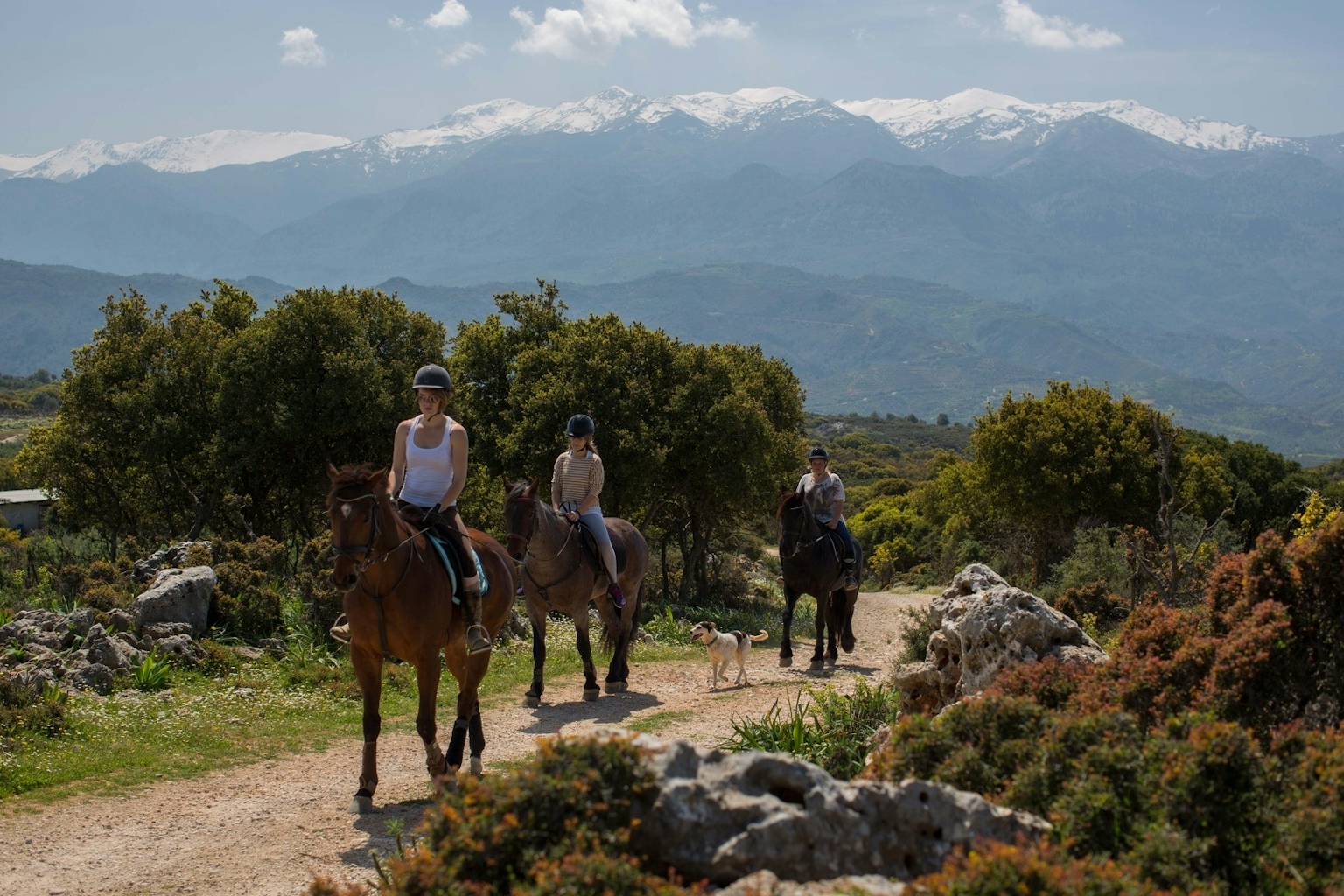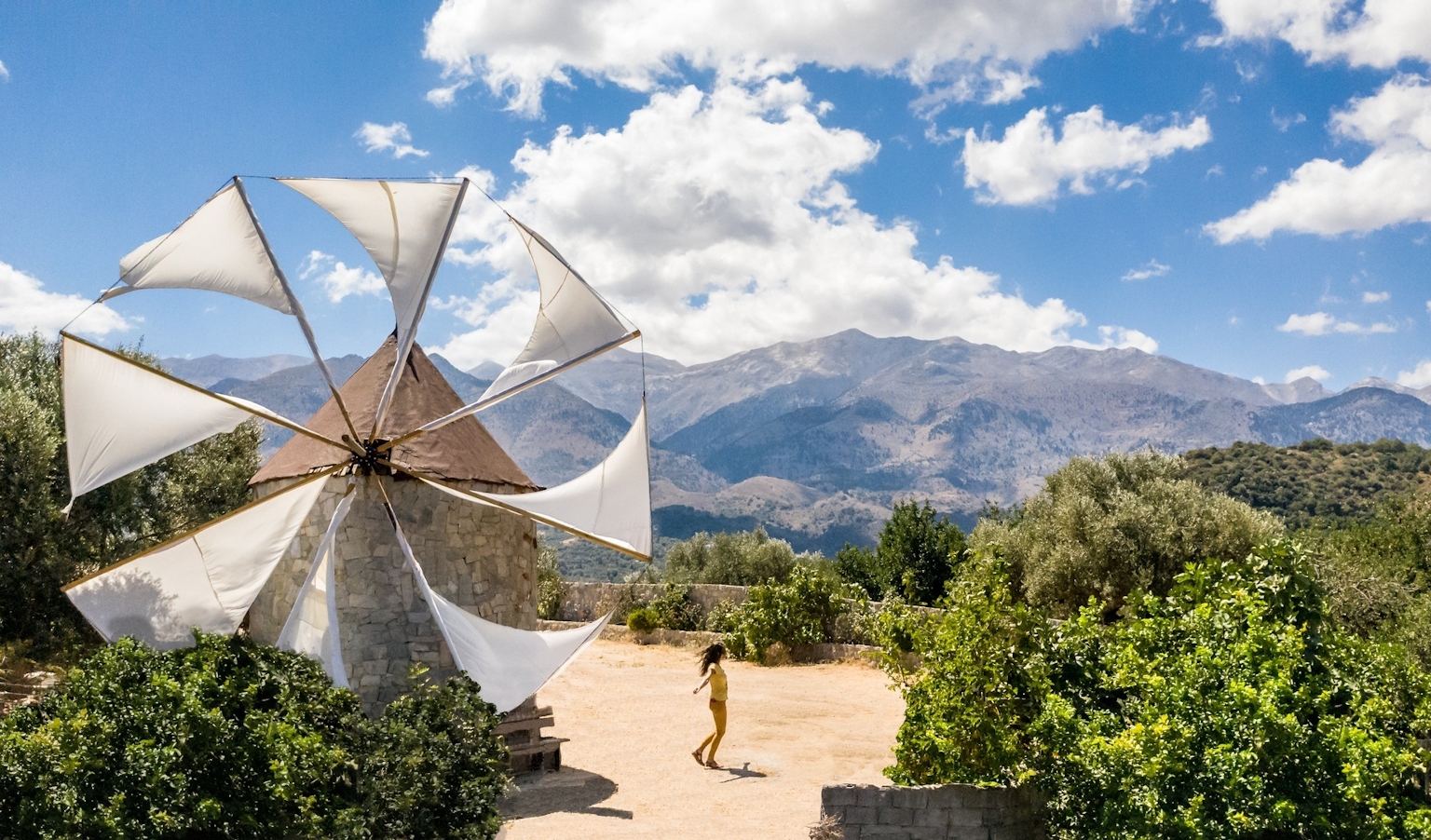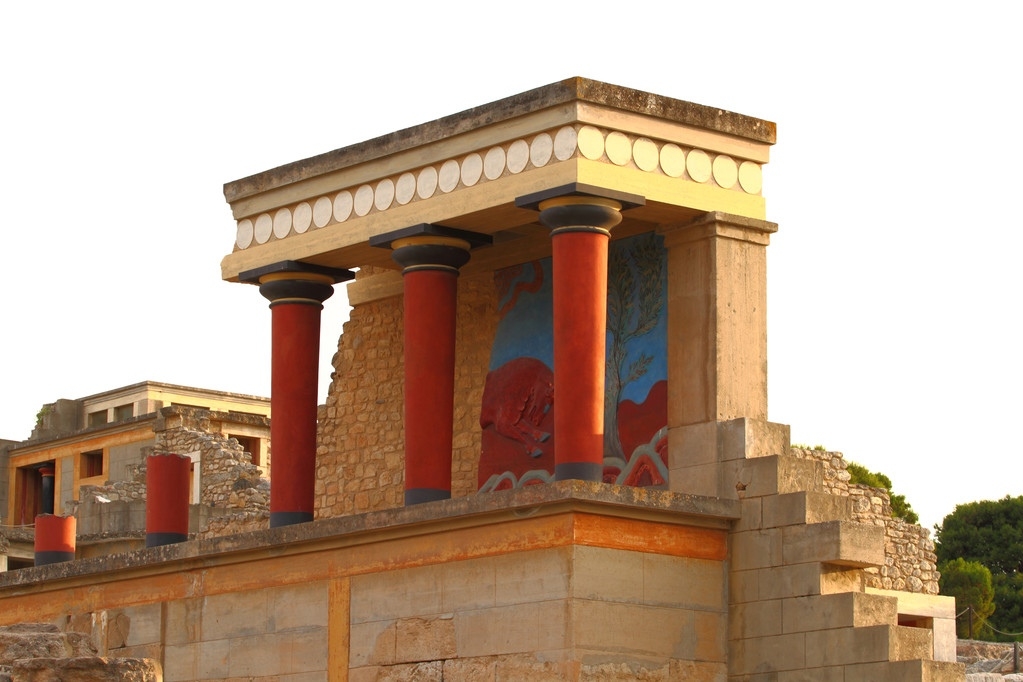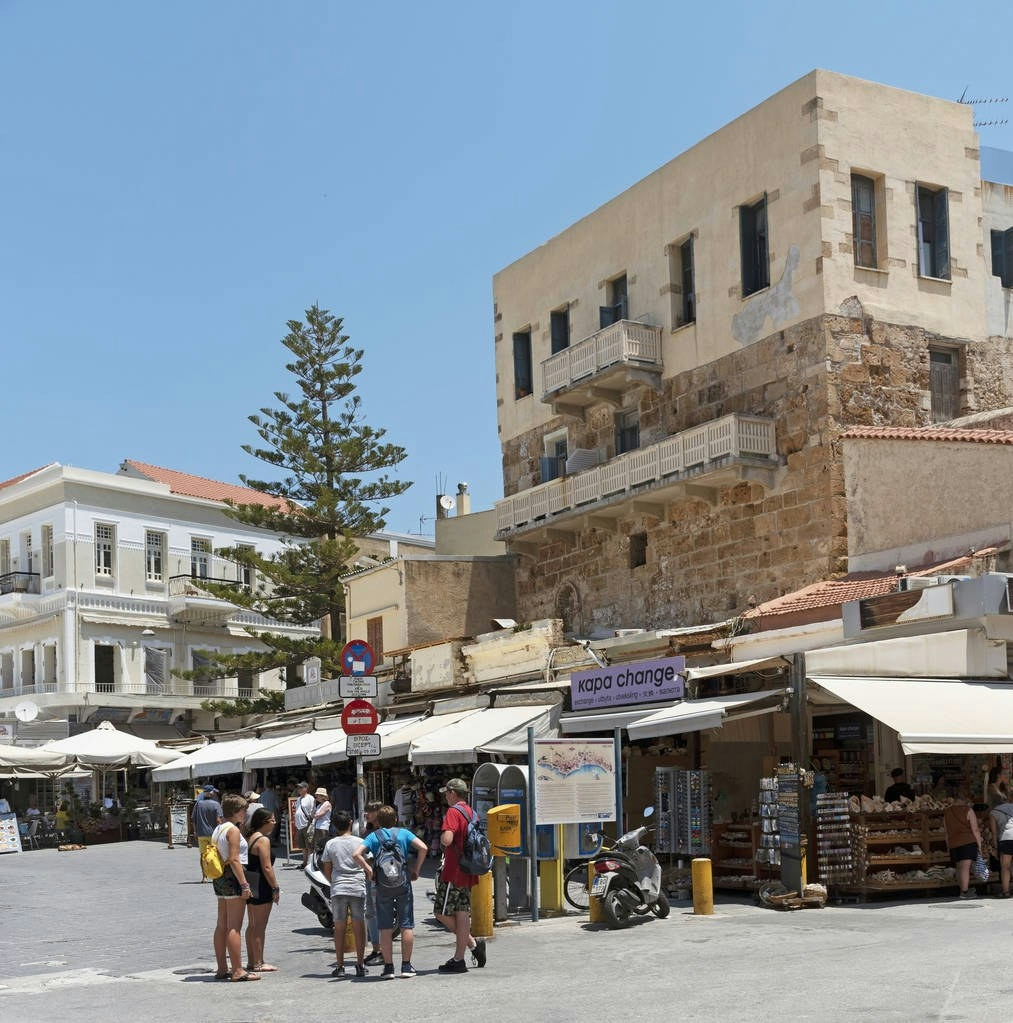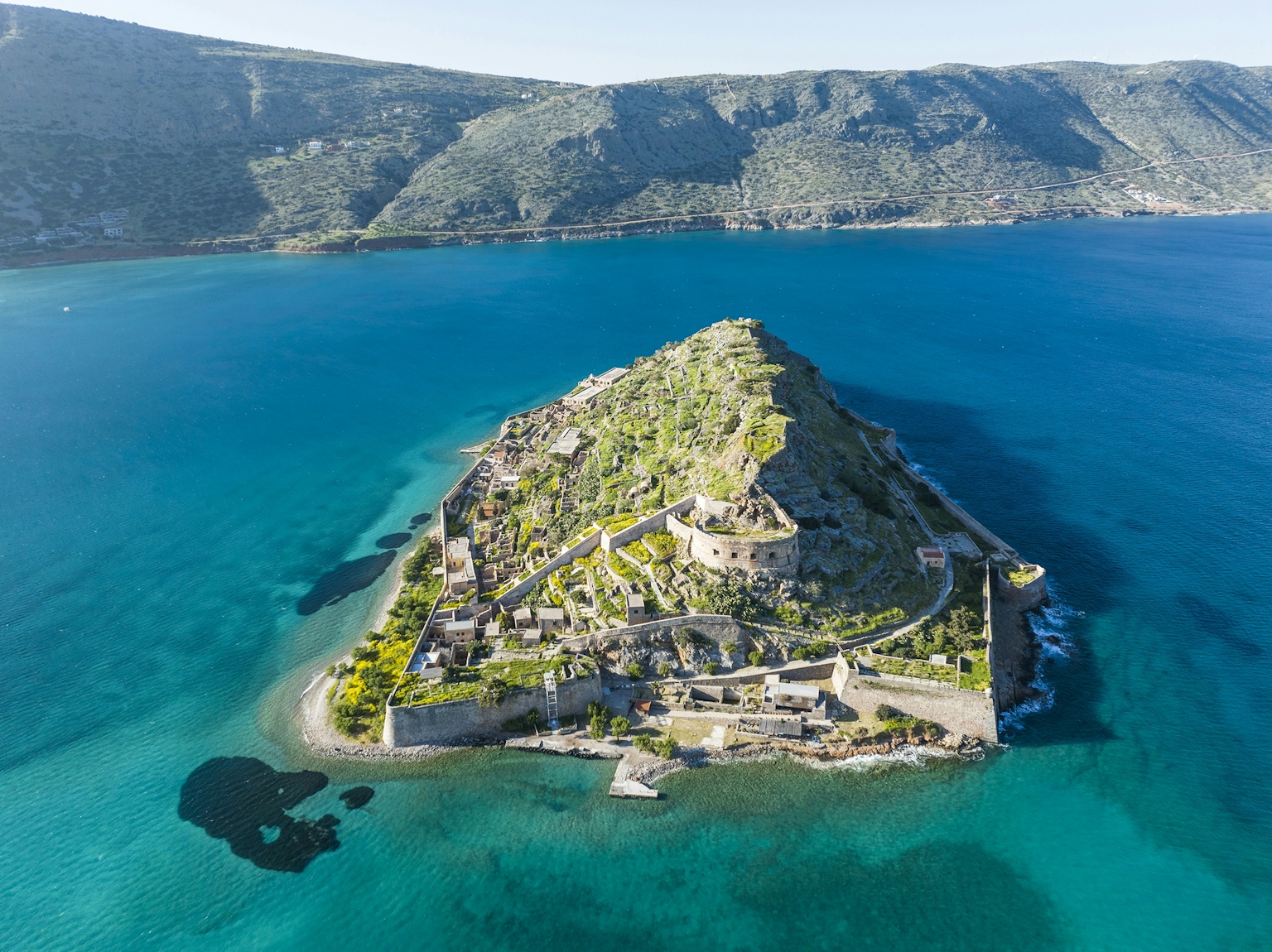Mandrake
Mandragora officinarum
The plant is linked to numerous beliefs.

Mandrake (scientifically known as Mandragora officinarum L, 1753) is a plant belonging to the Solanaceae family. It is commonly found in the Mediterranean region, including Crete.
Mandrake leaves are large, elongated, and arranged in rosettes. Blue-violet flowers with distinct ribs resembling veins sprout from the centre of the rosette. The plant's small yellow fruits, shaped like tiny apples, prompted Dioscorides to call it ‘antimilon’.
The large fleshy root of the mandrake has a humanoid shape. This characteristic, combined with its well-known medicinal properties, is the reason why the plant is associated with many beliefs.
It thrives in stony locations, fallow fields, and disturbed soils, and on the island, you can observe it blooming from November to early April.
Kalliopi Borboudaki, Chemical Engineer MSc, creator of the website https://butterfliesofcrete.com.
The flora of Crete
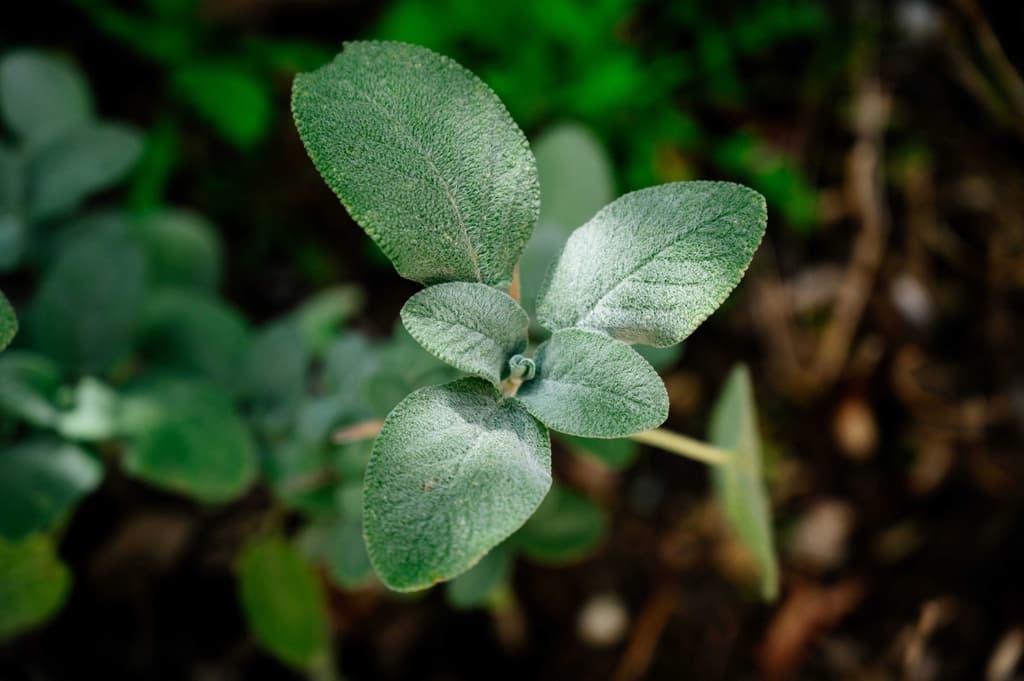
Greek Sage
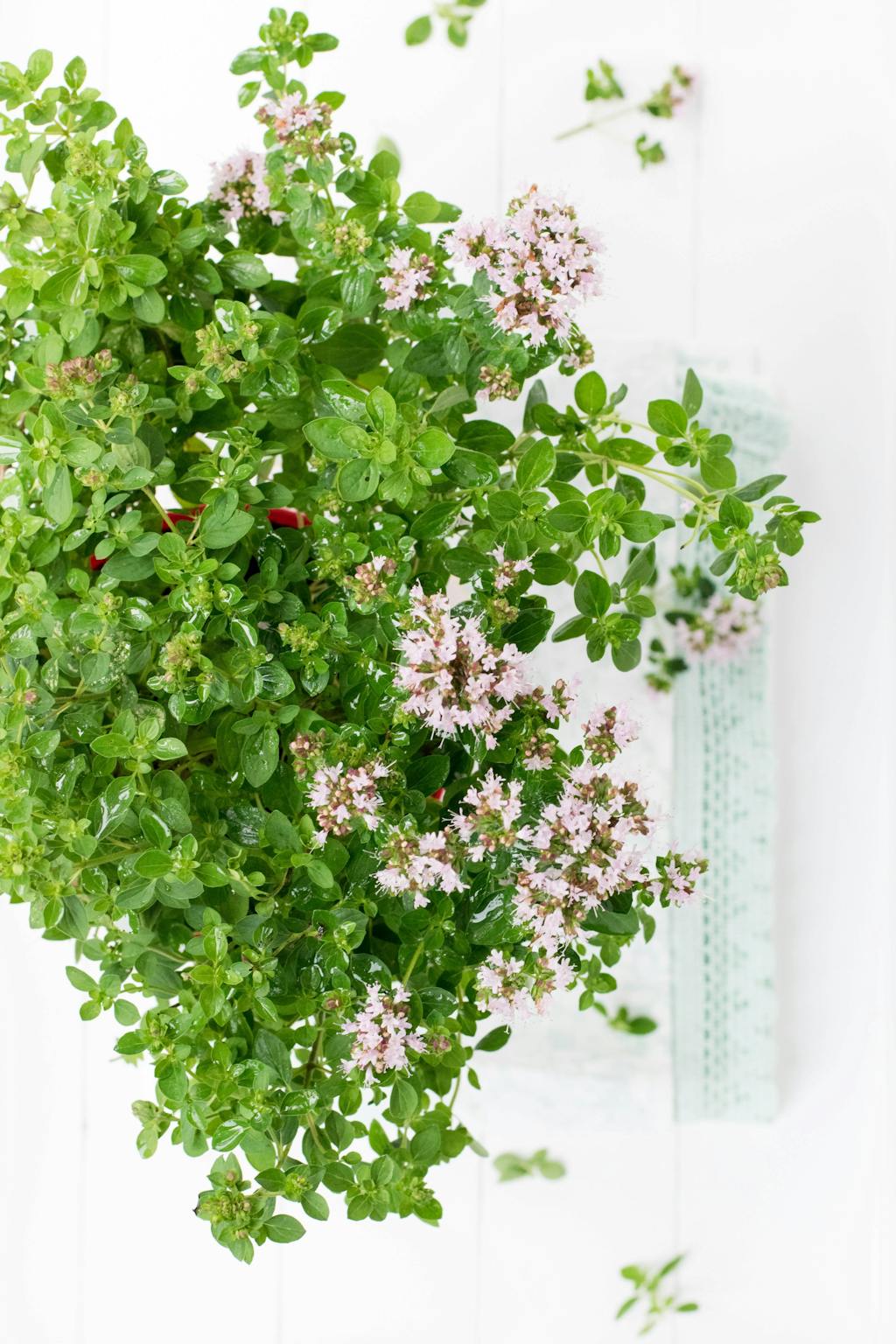
Cretan Oregano or Cretan Marjoram
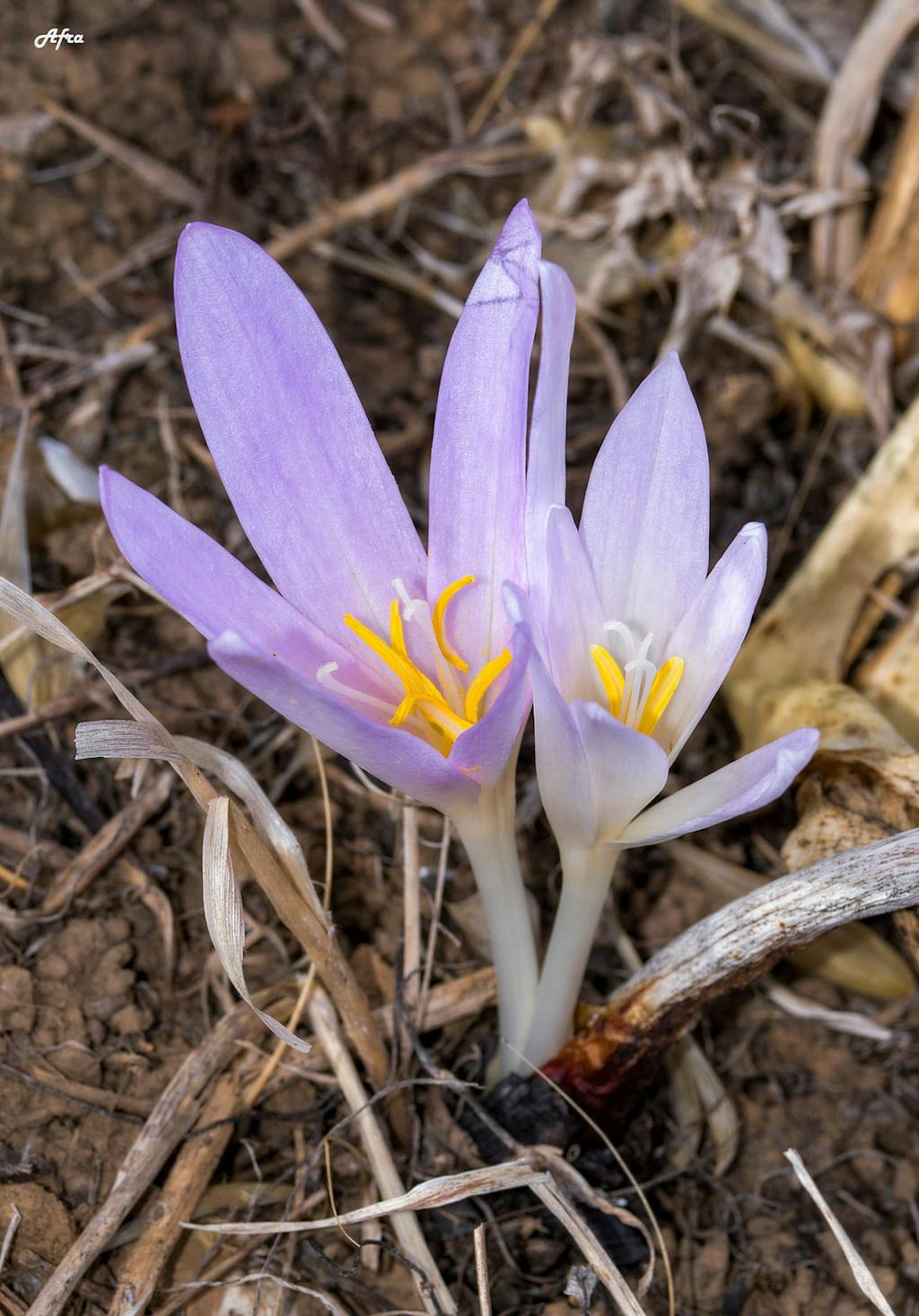
Colchicum Balansae - Balansa Colchico
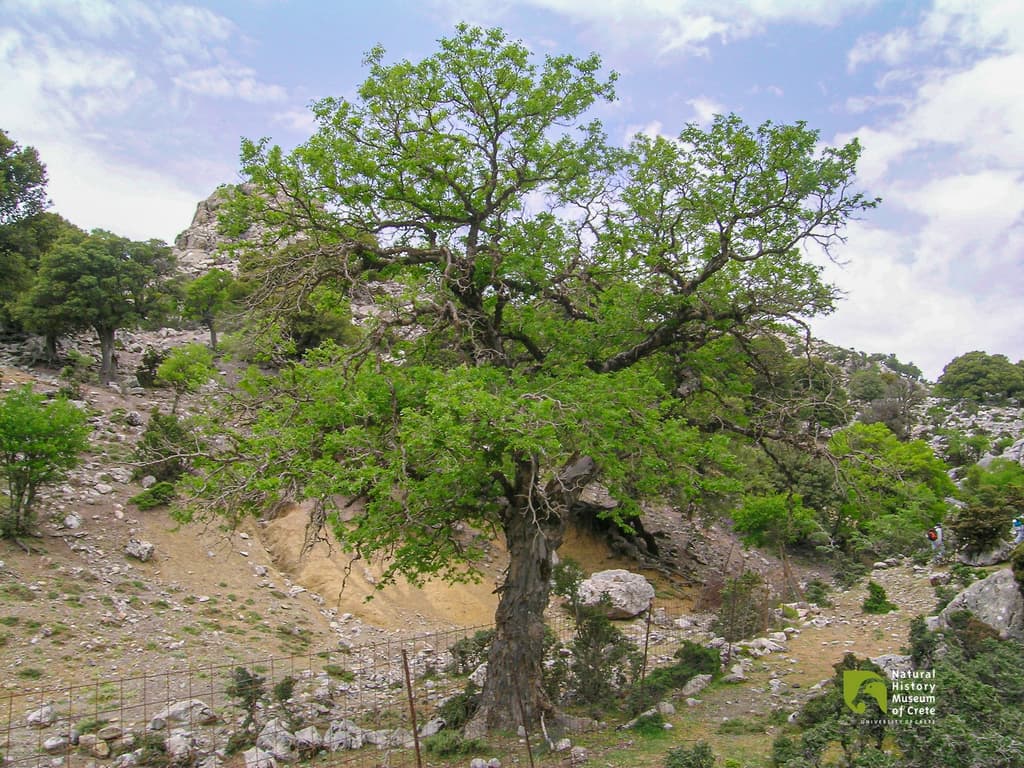
Cretan Zelkova
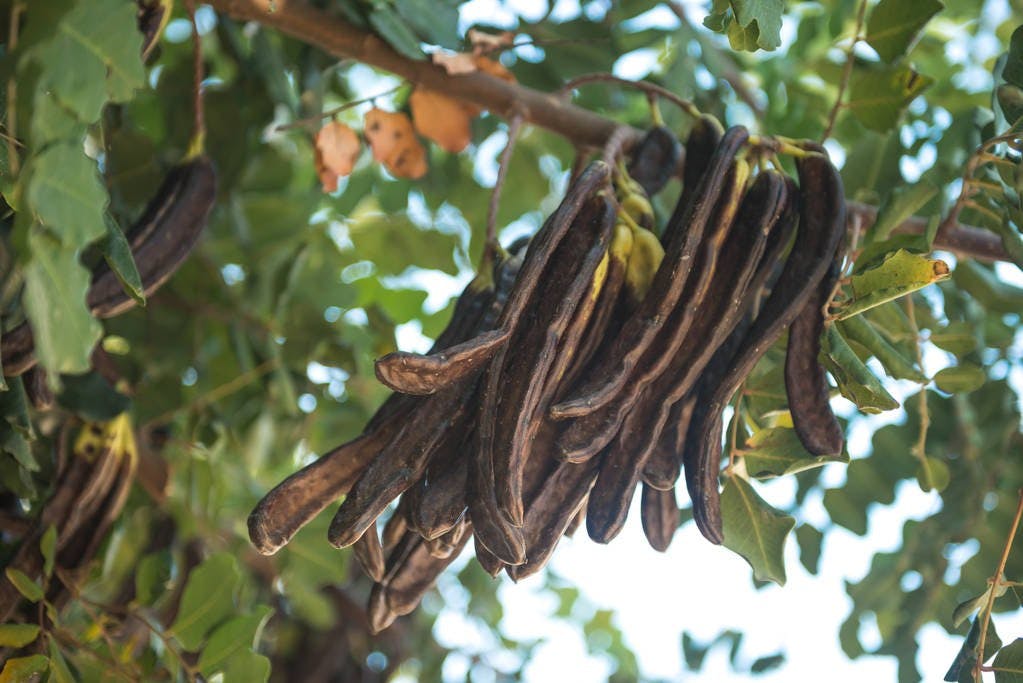
Carob Tree (Ceratonia Siliqua)
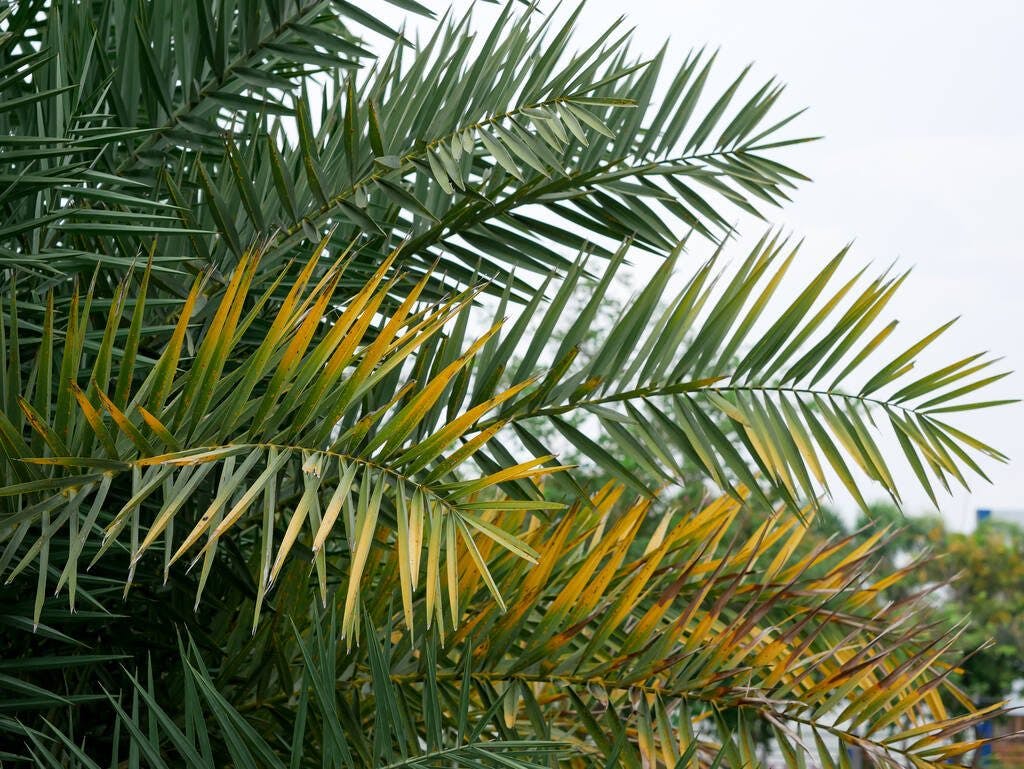
The Cretan Date Palm
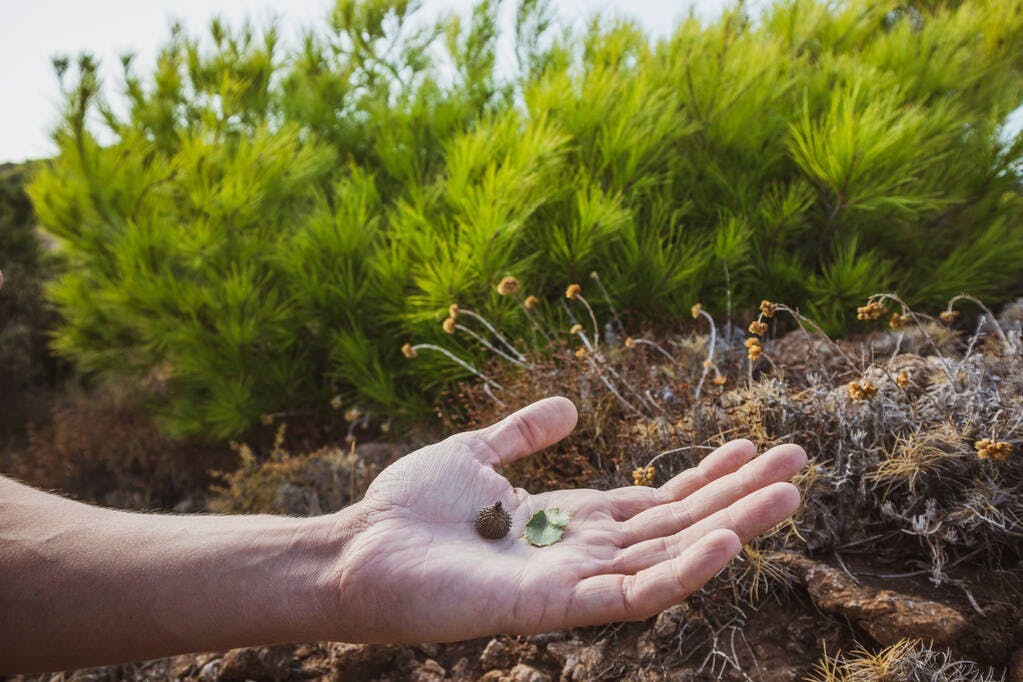
Kermes Oak (Quercus Coccifera)
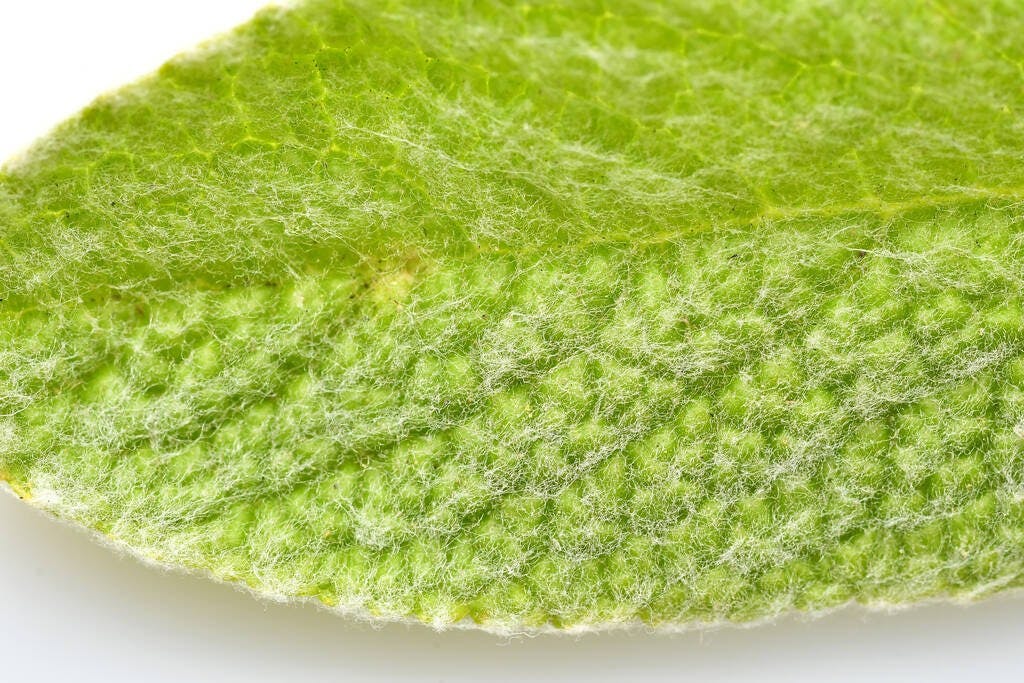
Ironwort
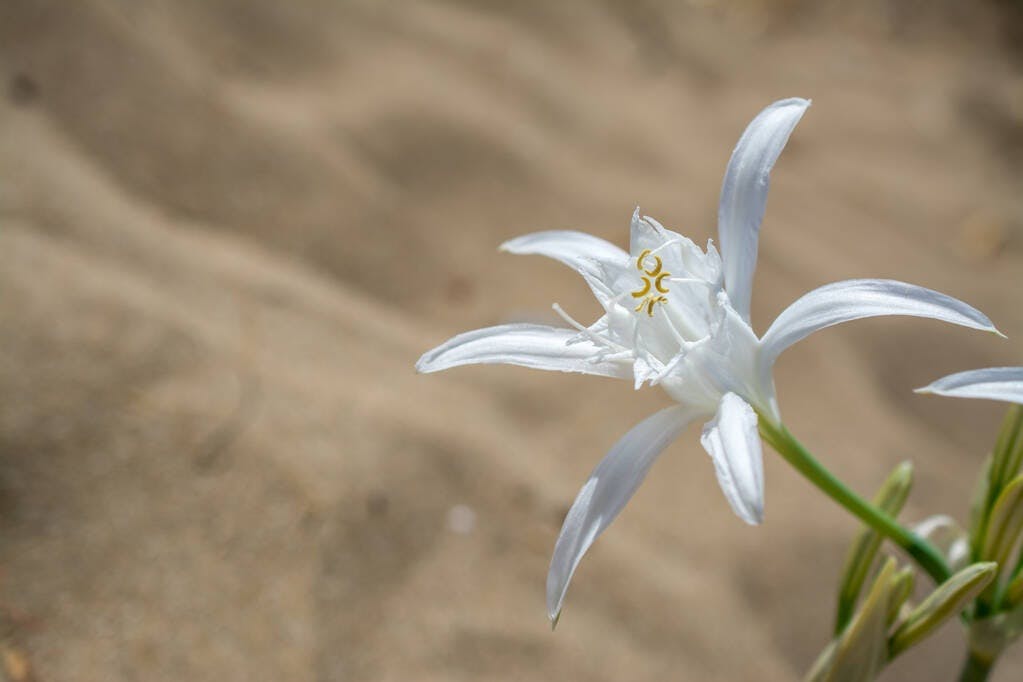
Sand Lily, Sea Lily (Pancratium Maritimum)
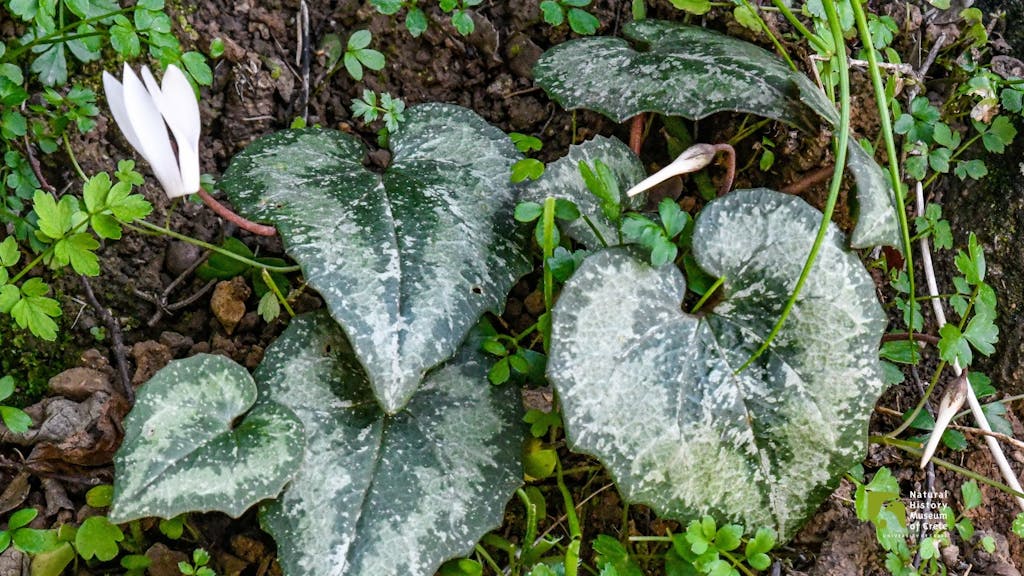
Cretan Cyclamen
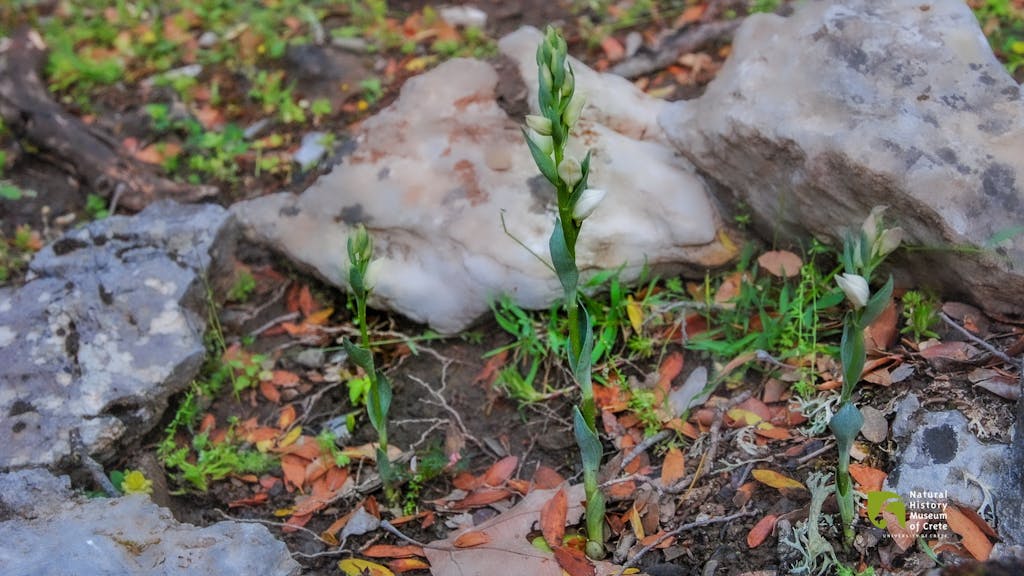
The Cretan Cephalanthera

Dittany
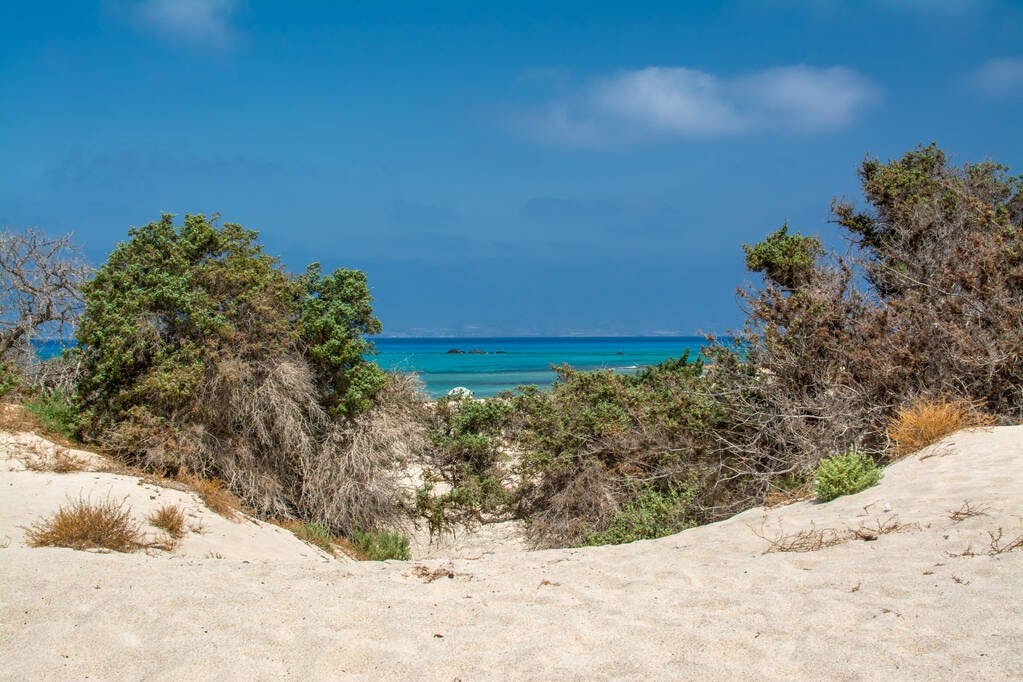
Phoenician Juniper and Large-Fruited Juniper
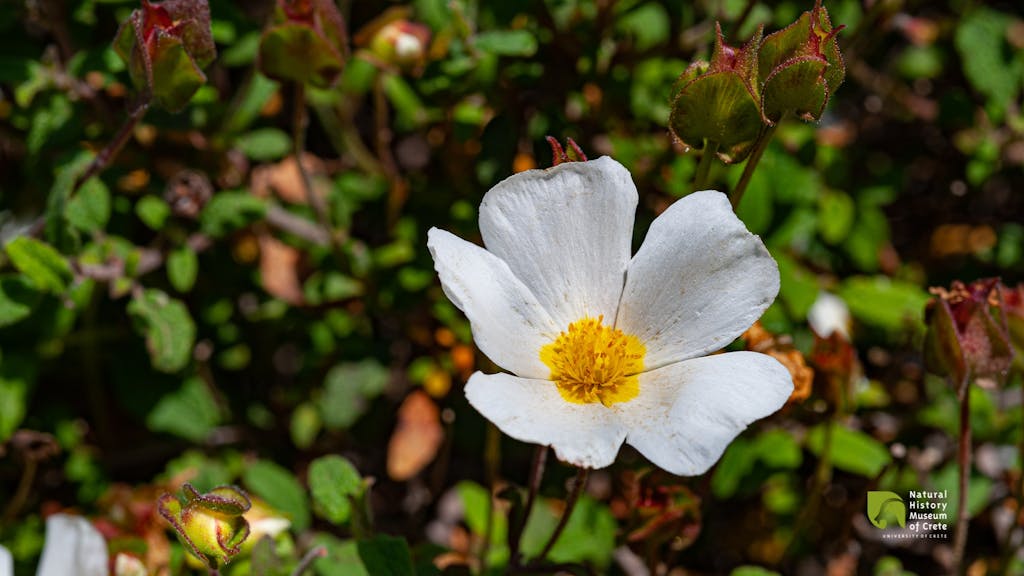
Gallipoli Rose
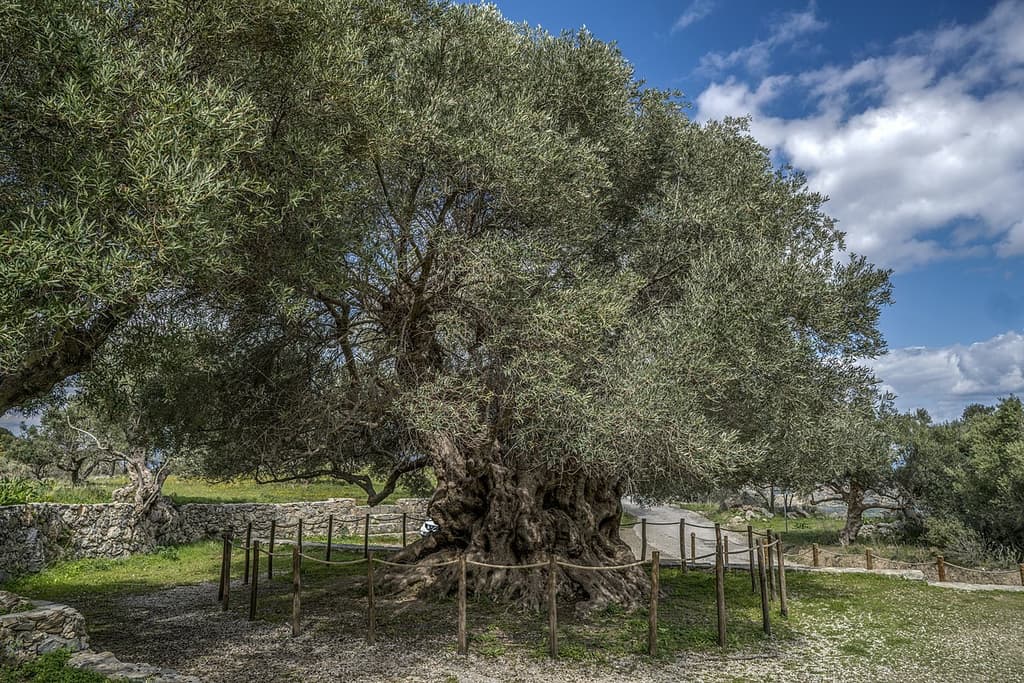
Natural Monuments
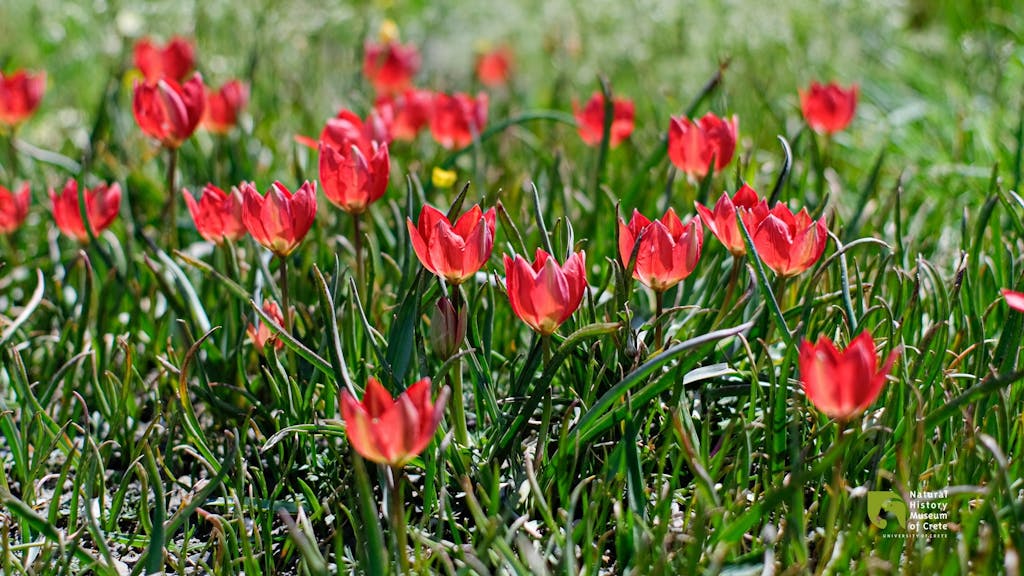
Lilac Wonder (Tulipa doerfleri)
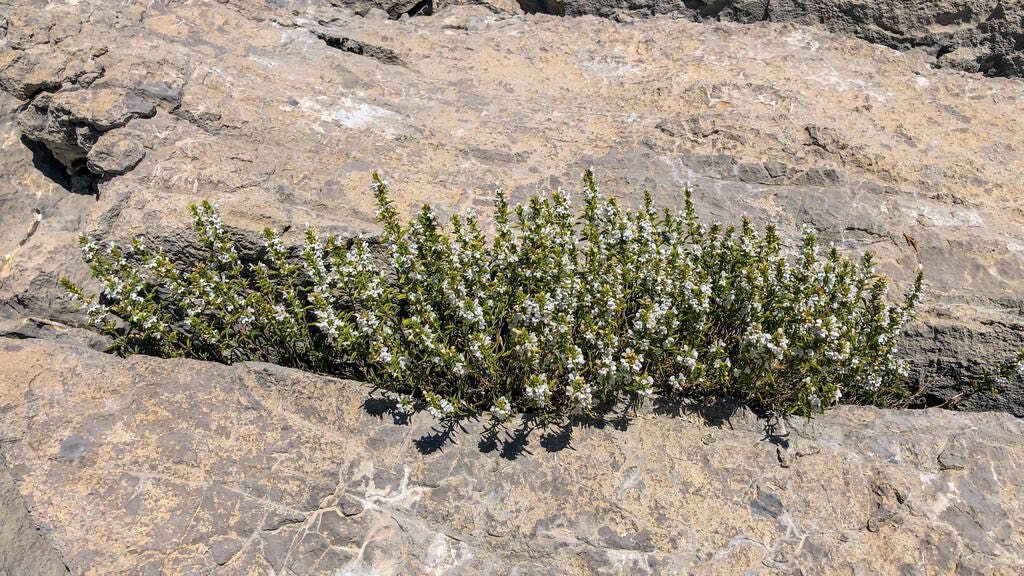
Thyme
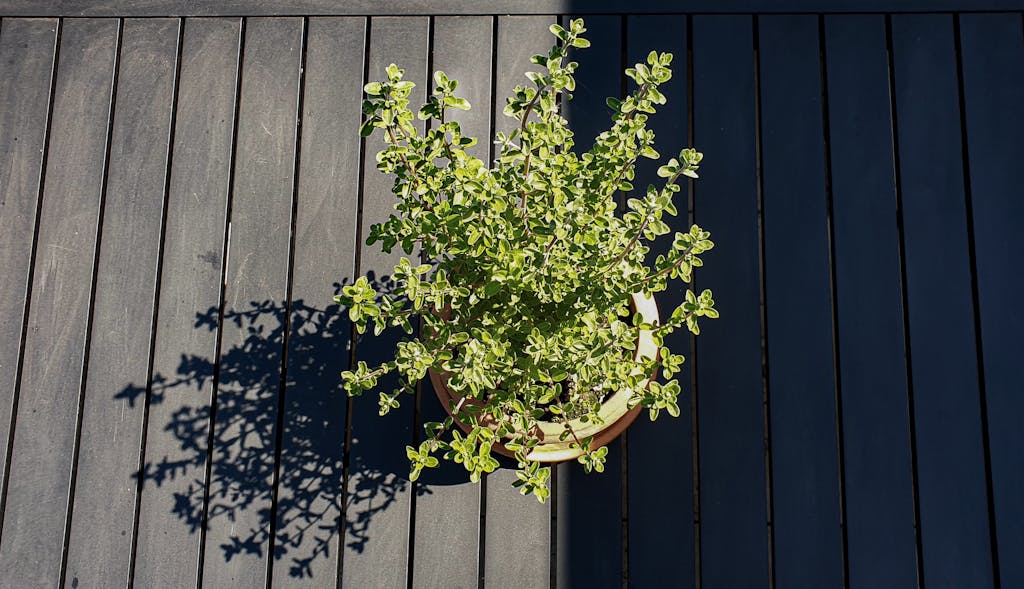
Oregano
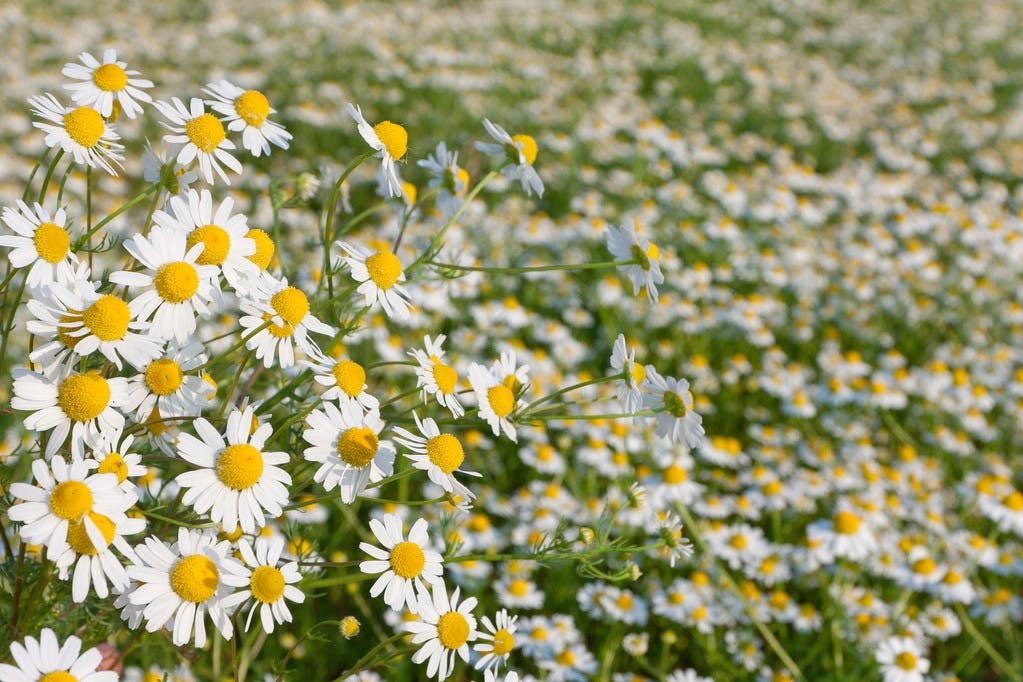
Camomile
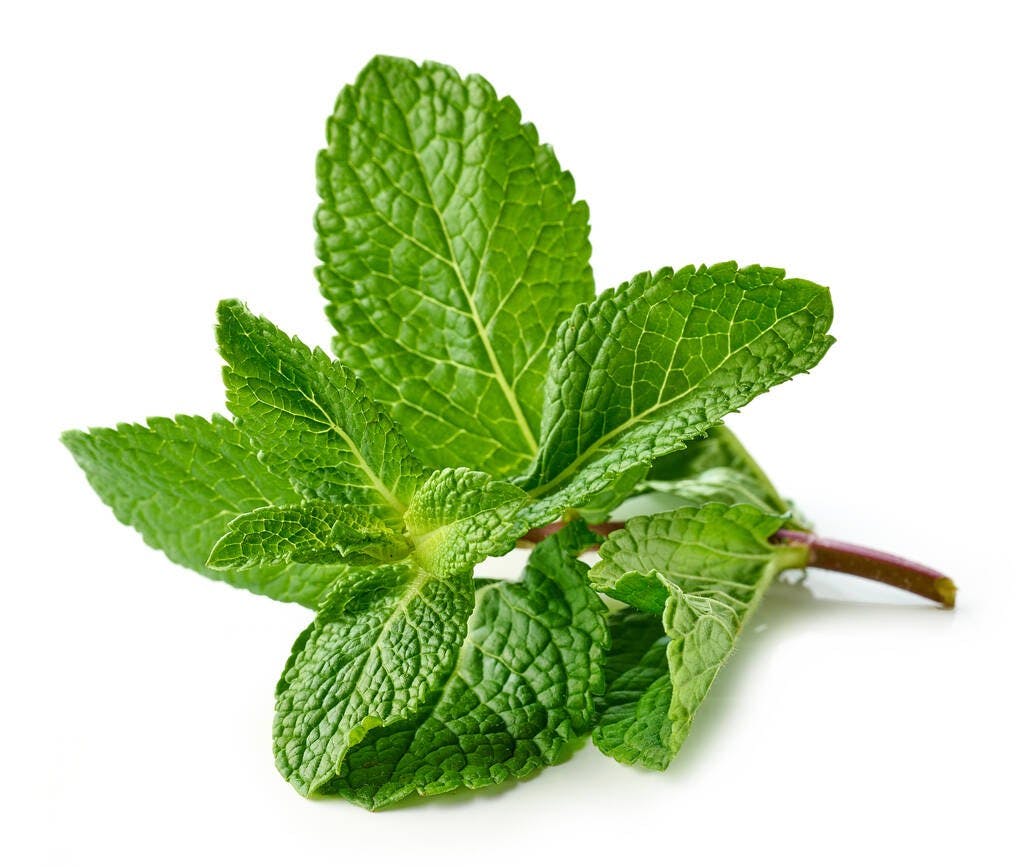
Mint
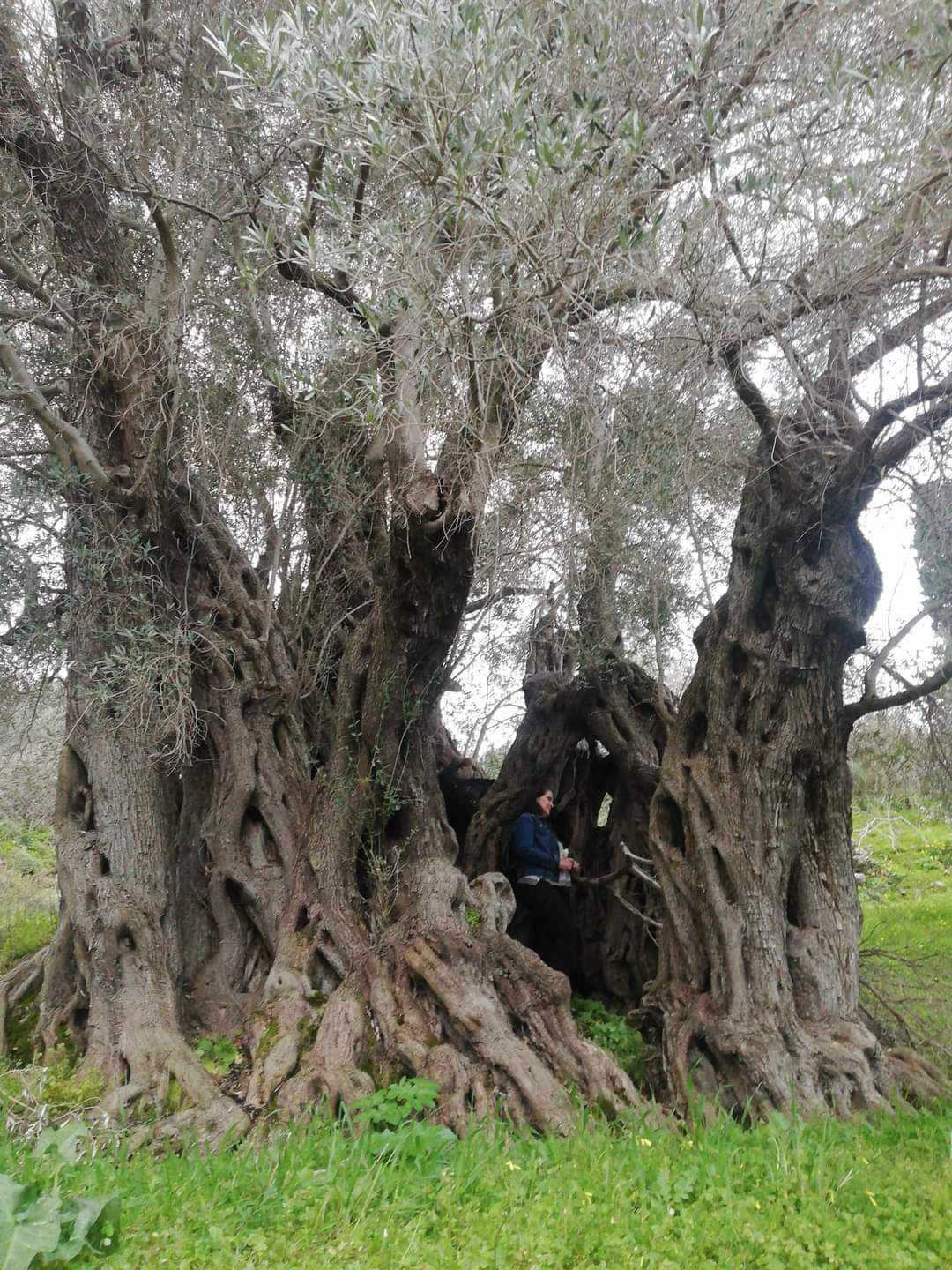
Preserving the Heritage: Ancient Olive Trees of Crete
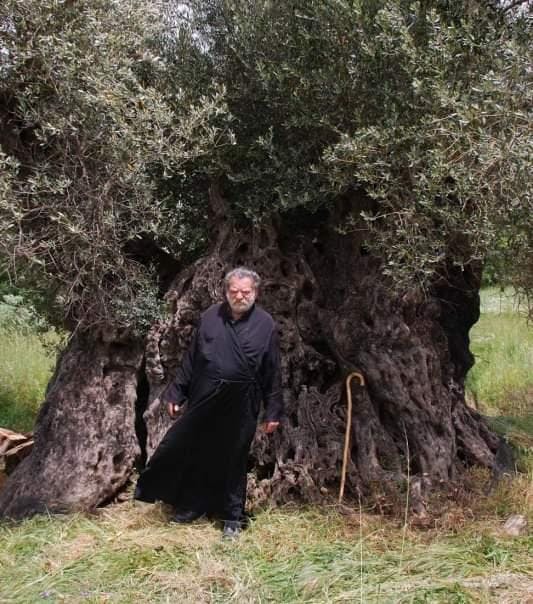
The Ancient Olive Tree of Vrysses, Amari
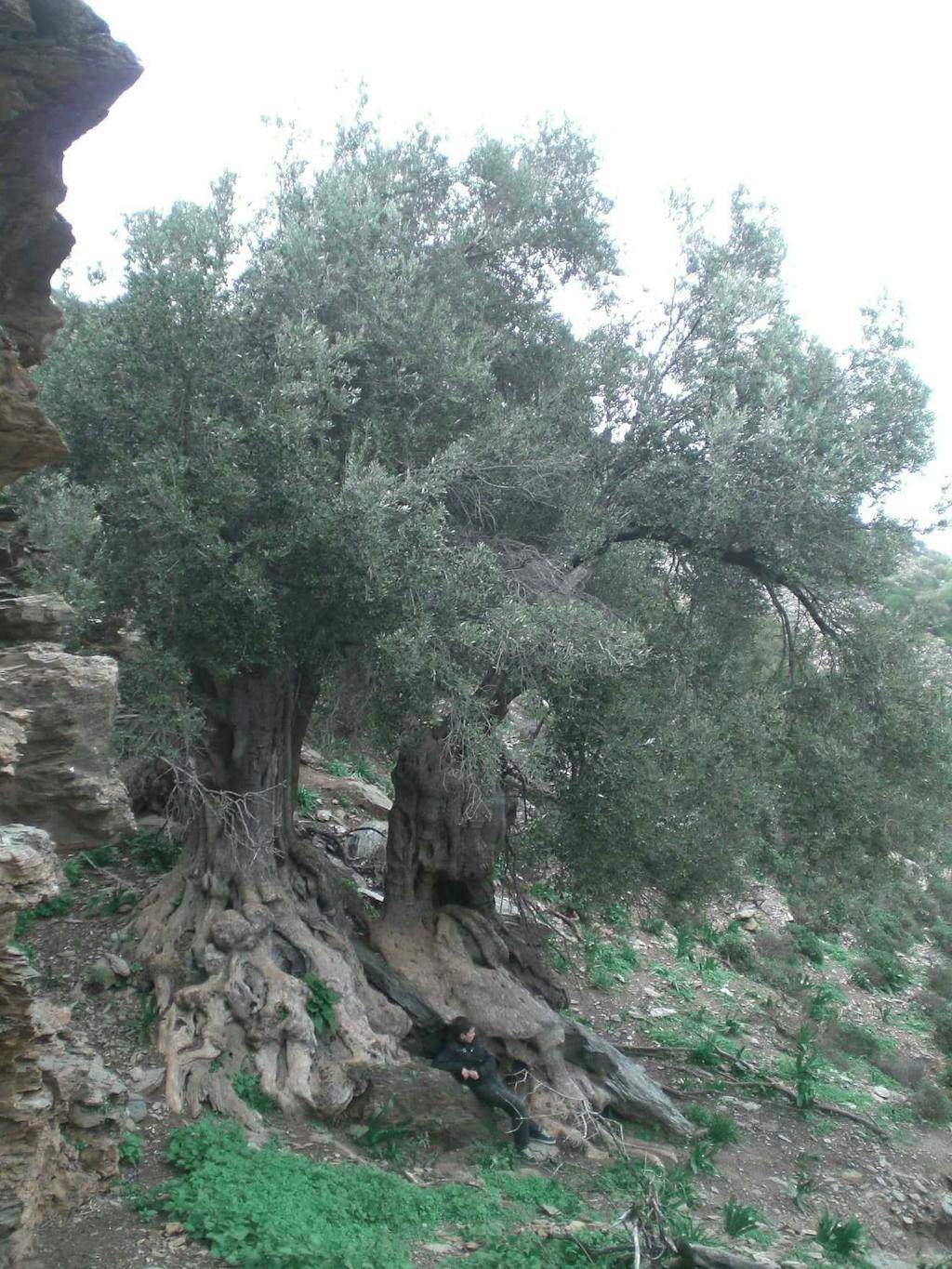
Bali's Ancient Olive Tree: Documented in Preservation Efforts
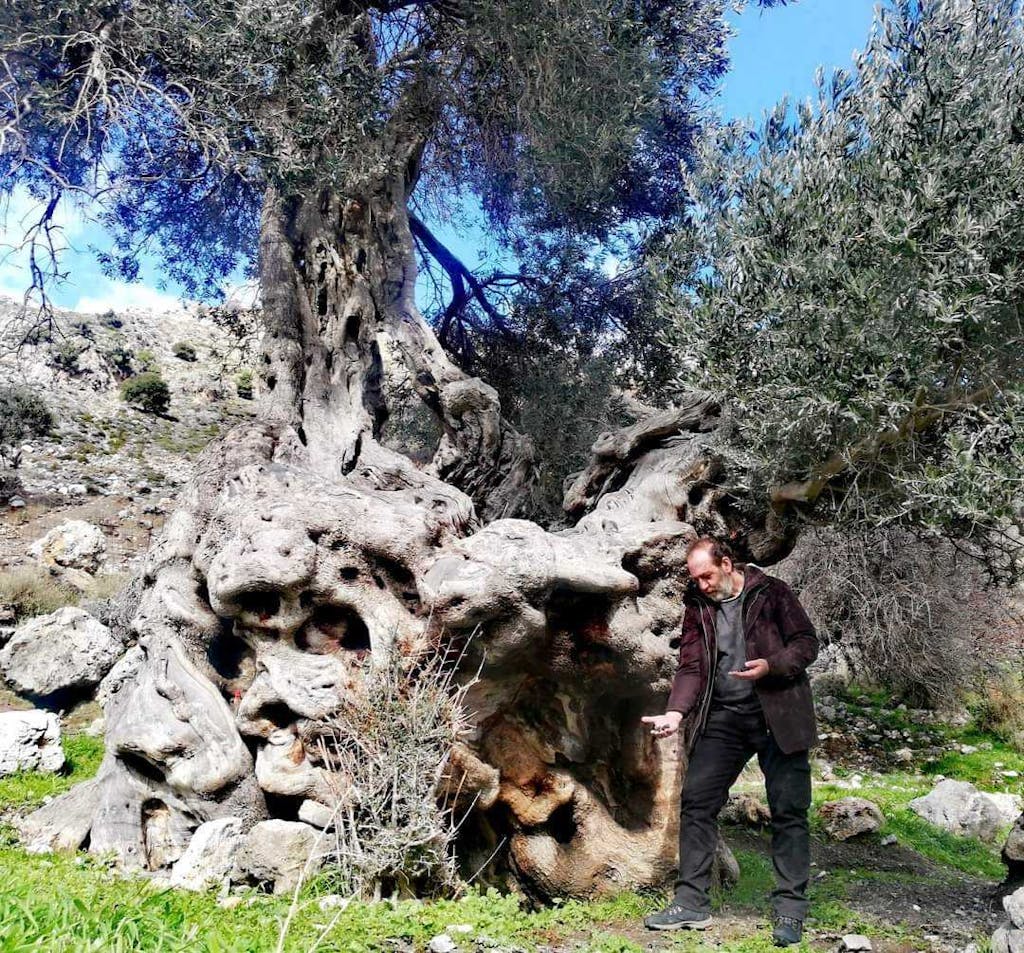
Gra Elia (The Old Olive Tree)
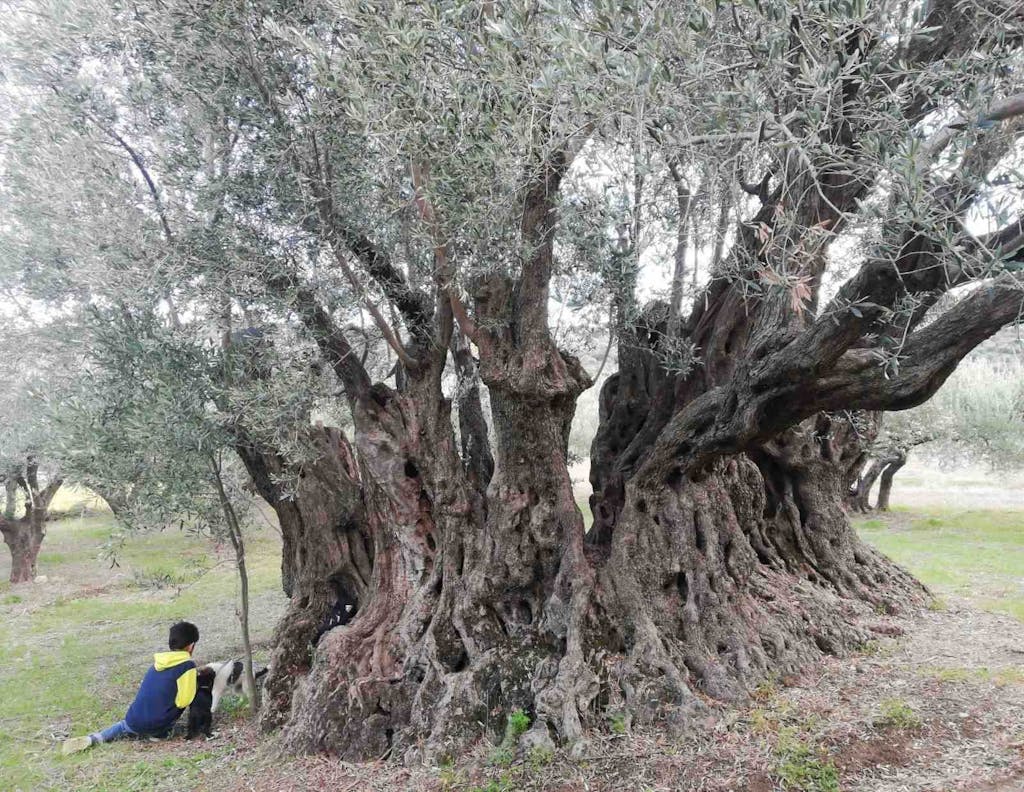
The Ancient Olive Tree of Kato Asites: Host to the 1st Olive Festival
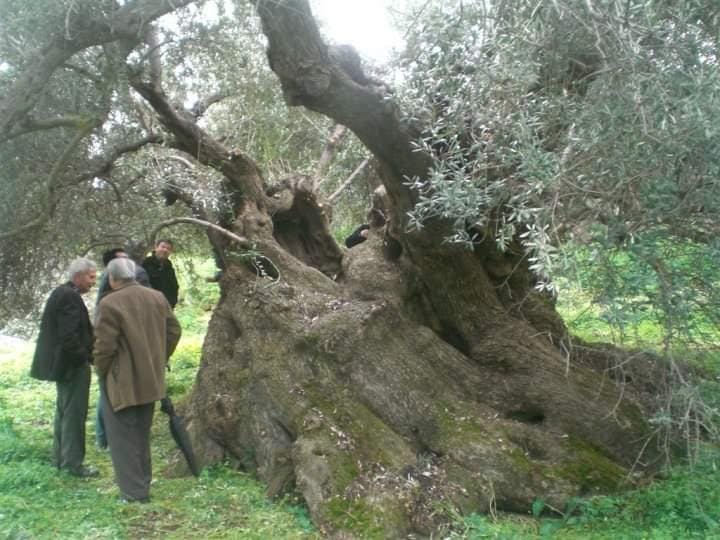
Sitia's Ancient Olive Tree: A Record of Preservation Initiatives
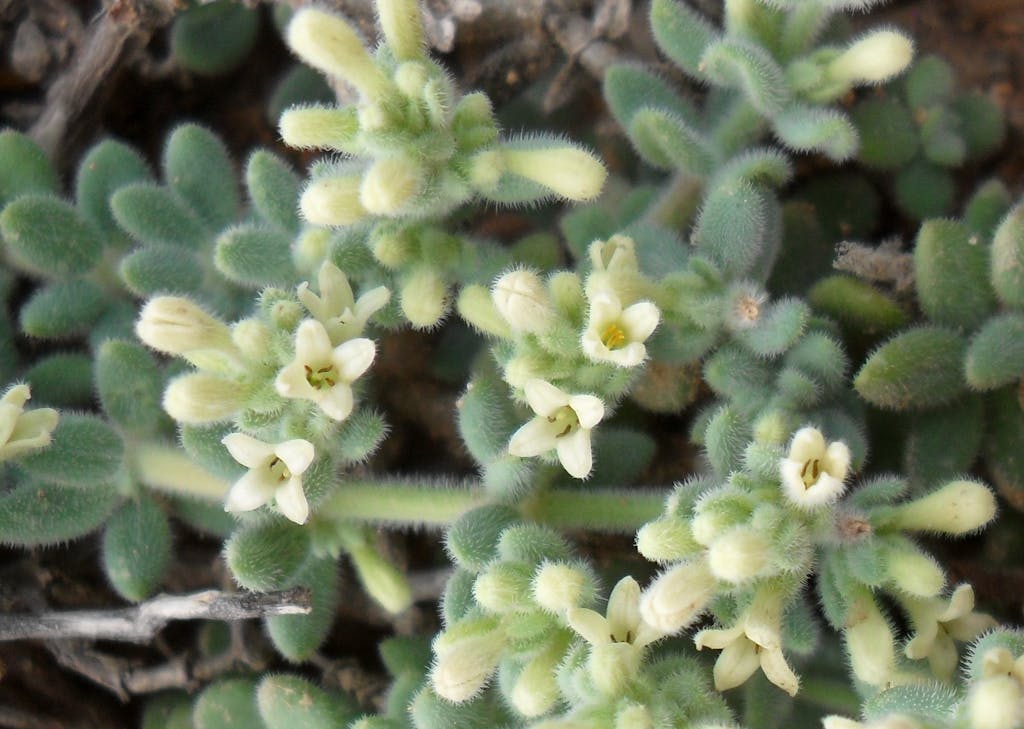
Asperula Crassula
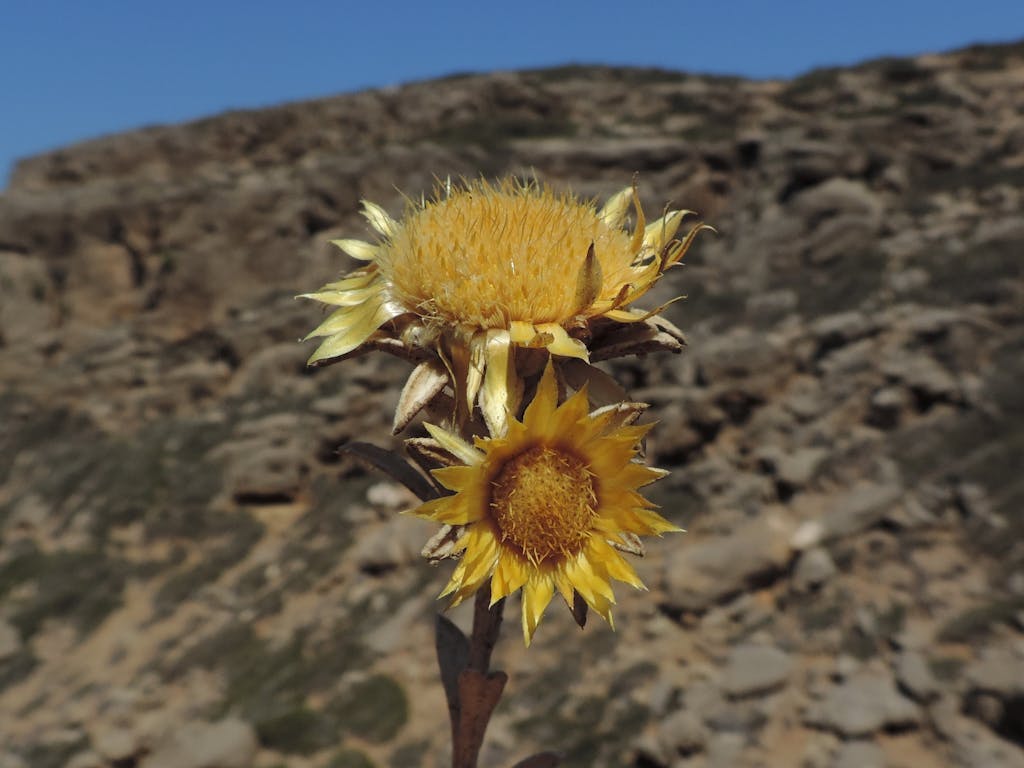
Carlina diae, Carlina of Dia
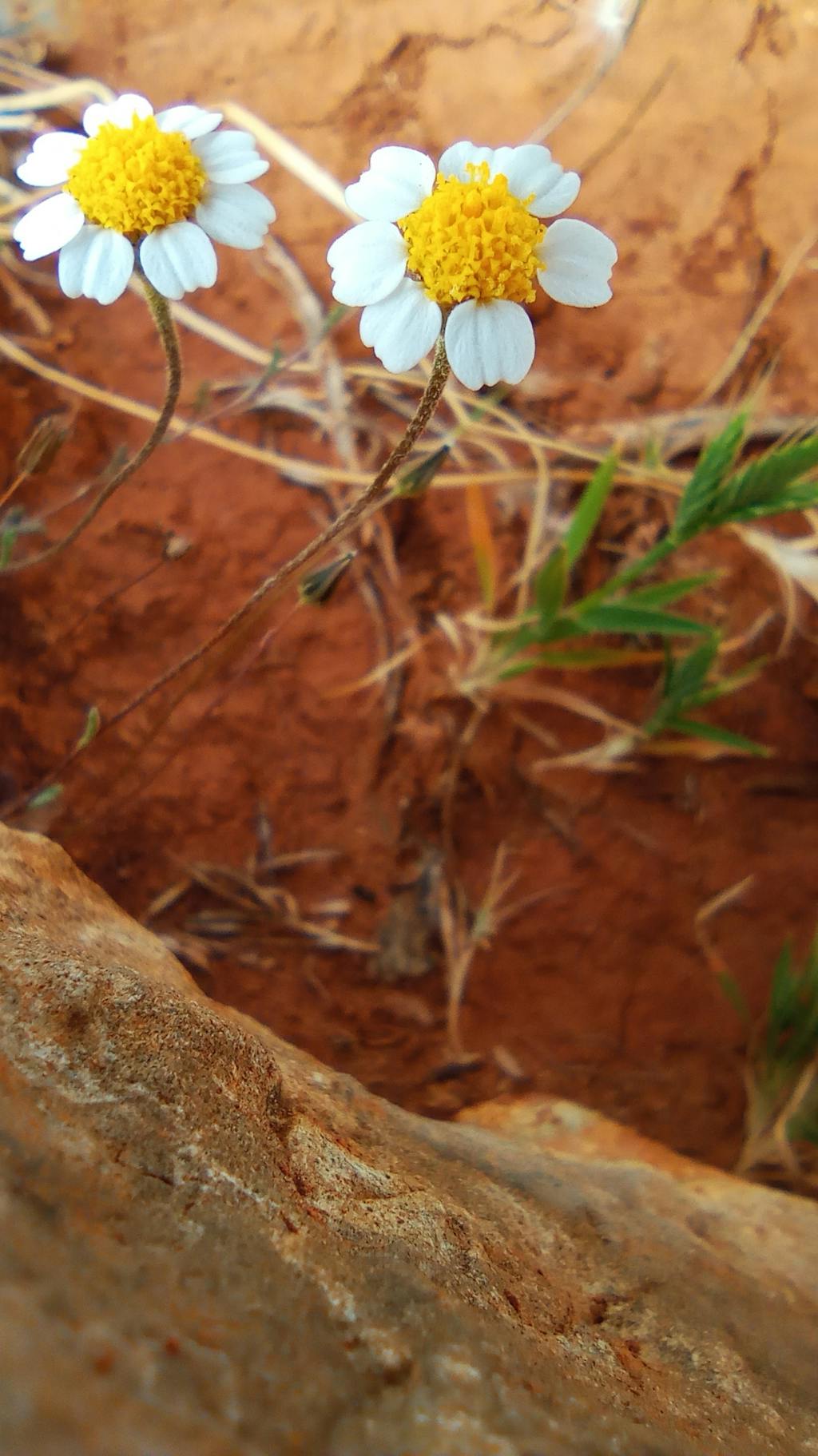
Anthemis Filicaulis, Slender-stemmed Chamomile
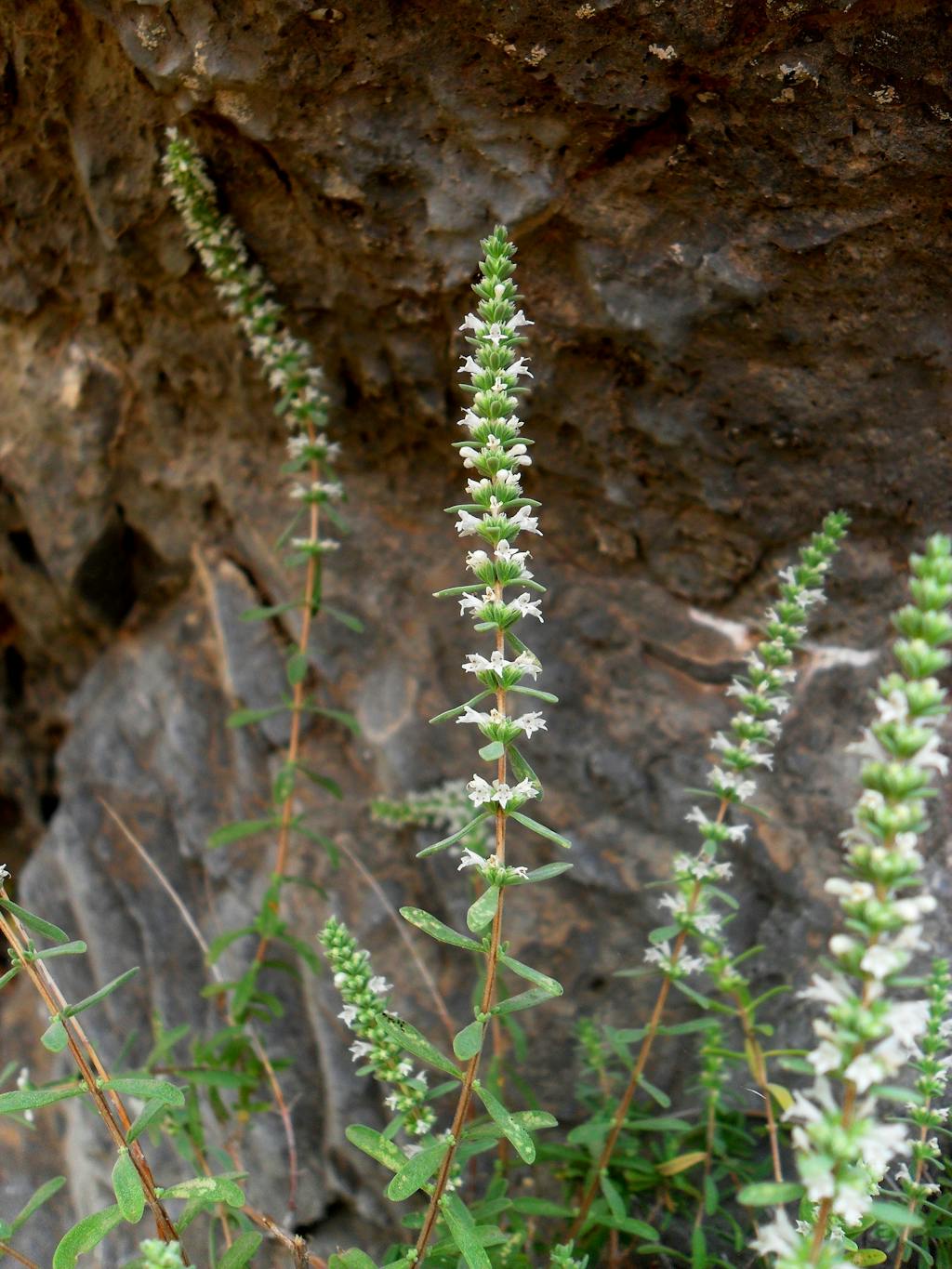
Thymbra Calostachya
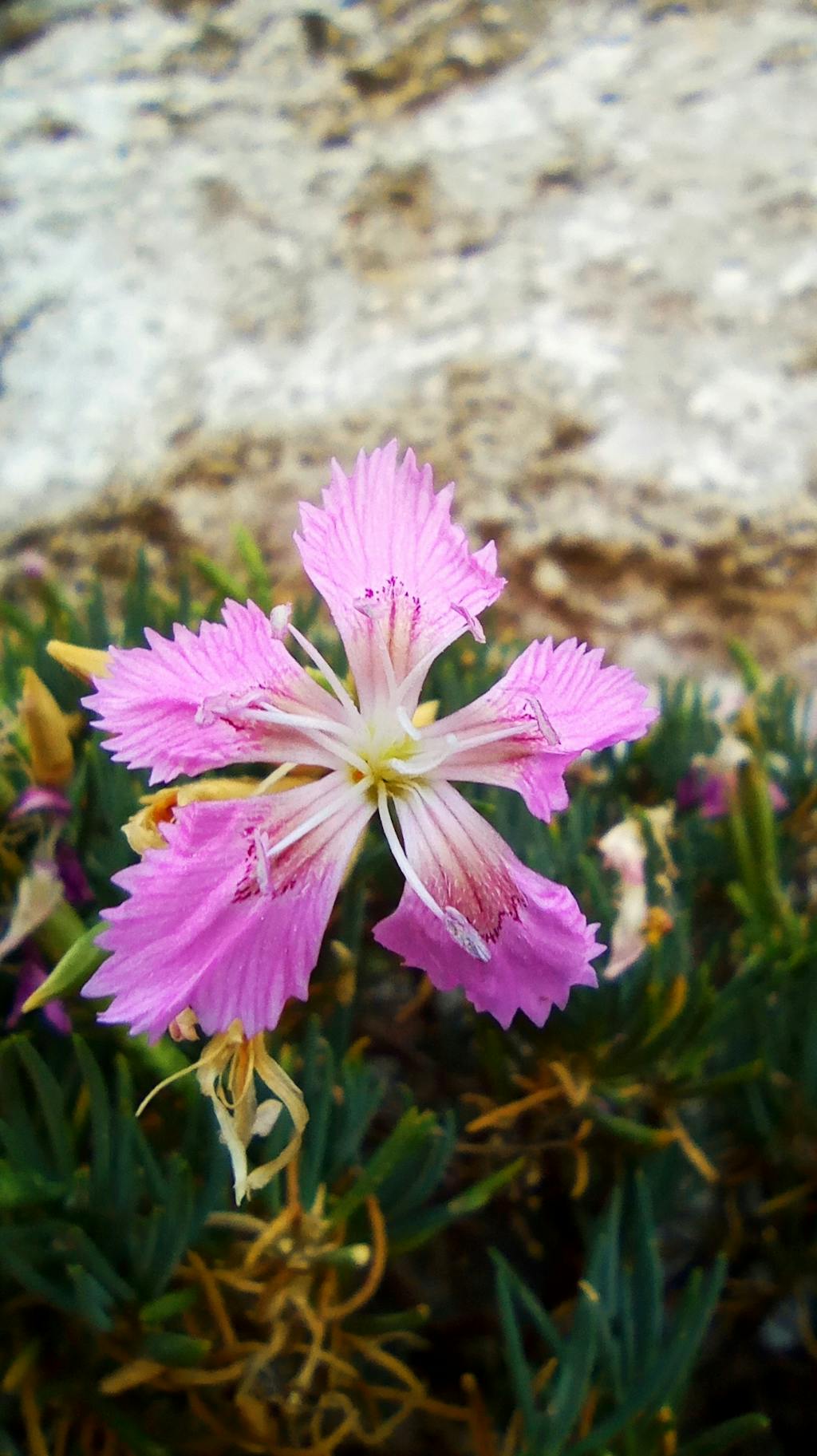
Dianthus Fruticosus Subsp. Sitiacus
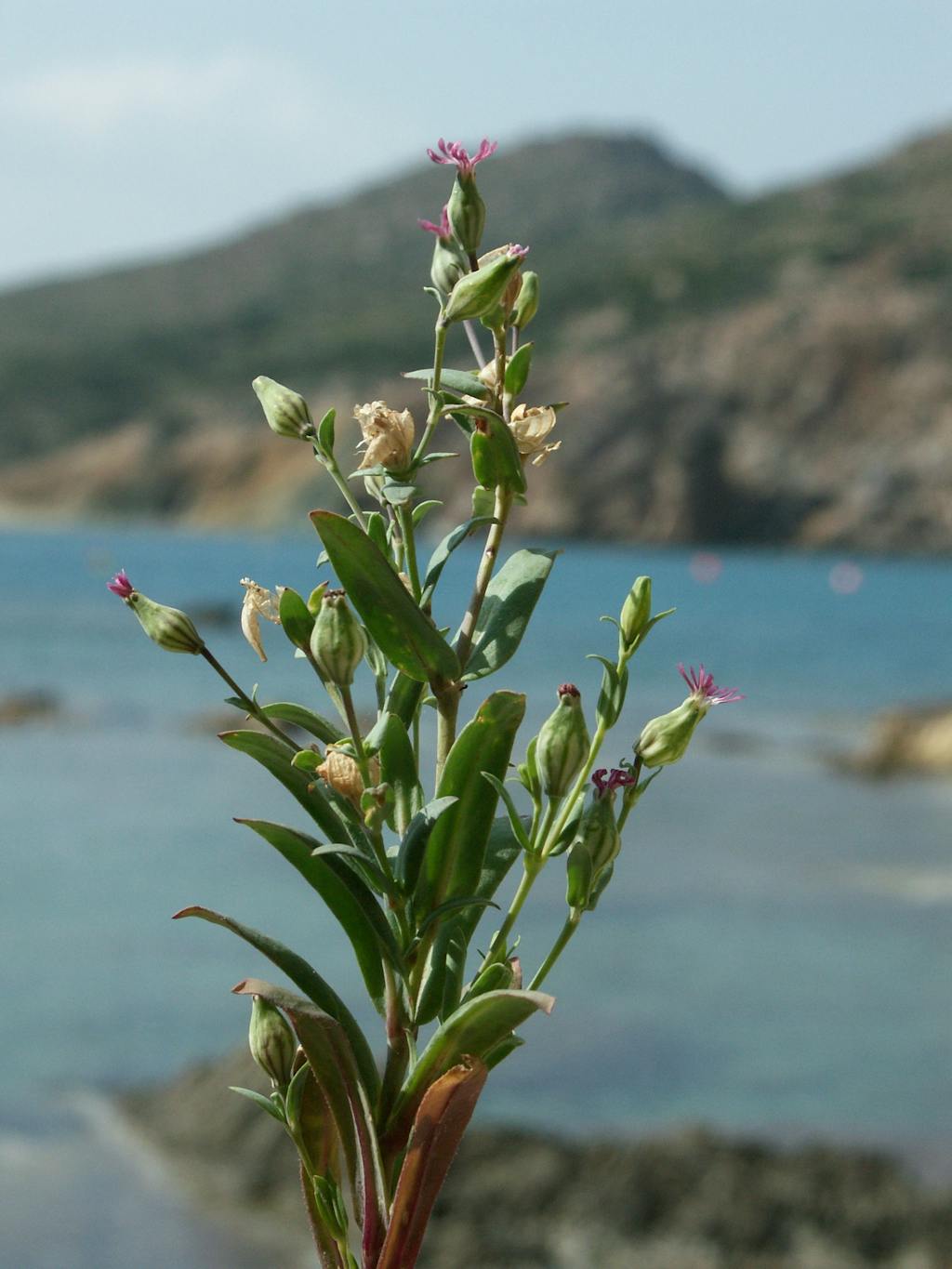
Silene Holzmannii
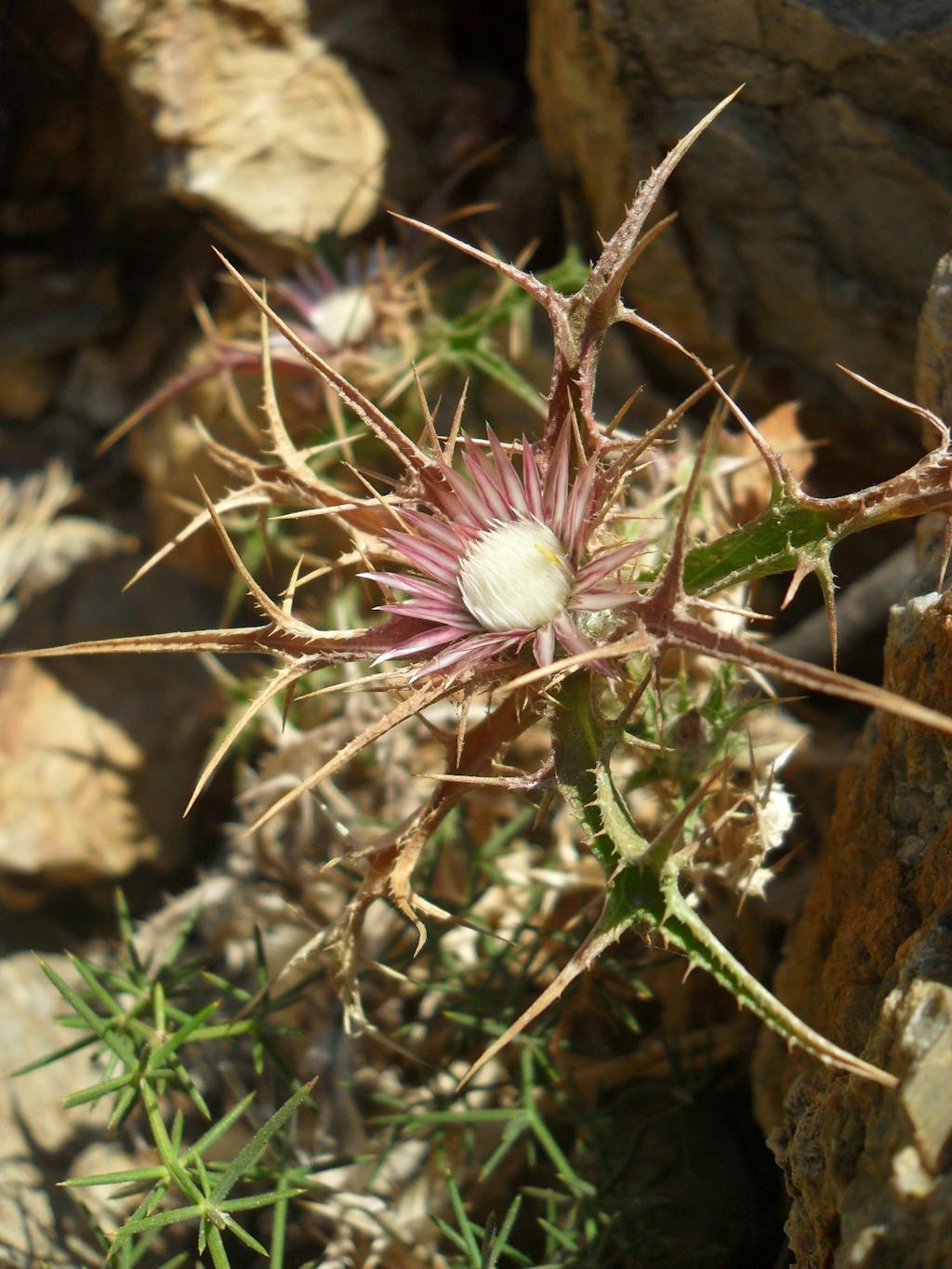
Carlina Sitiensis
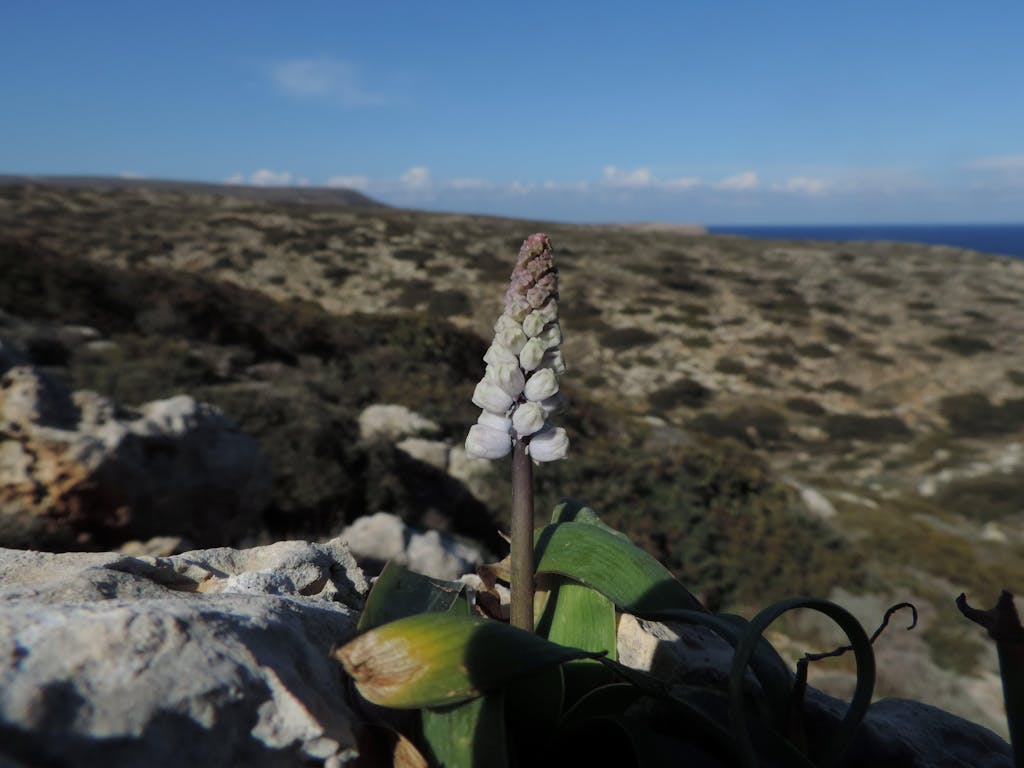
Bellevalia Sitiaca
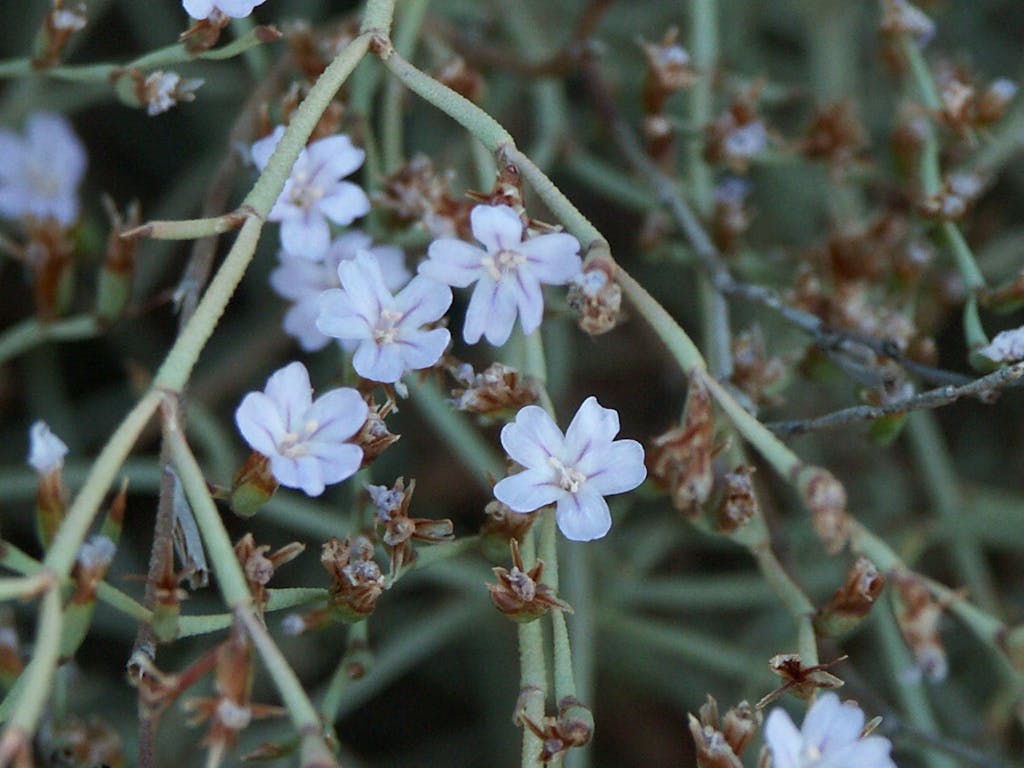
Limonium Sitiacum
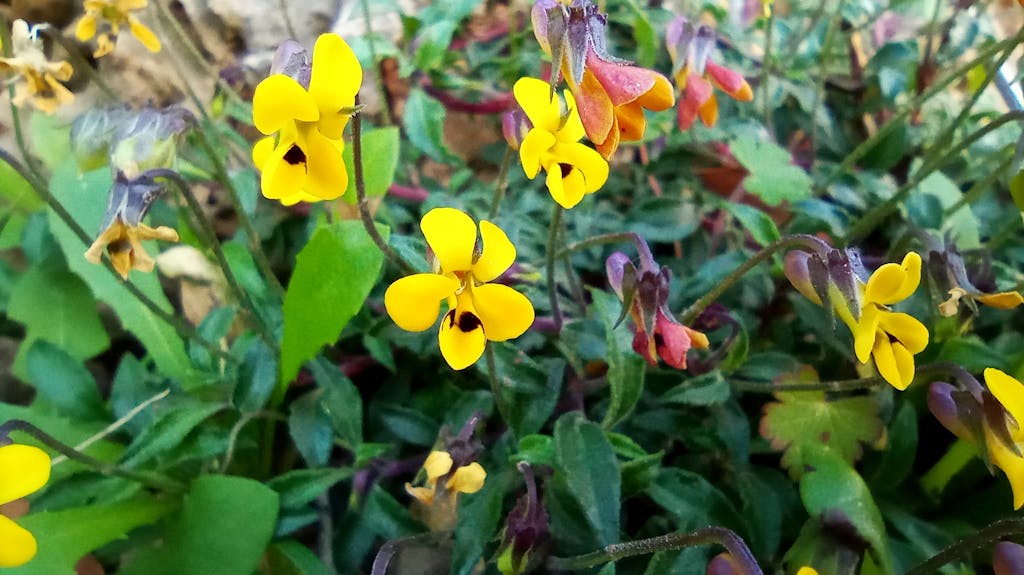
Viola Scorpiuroides
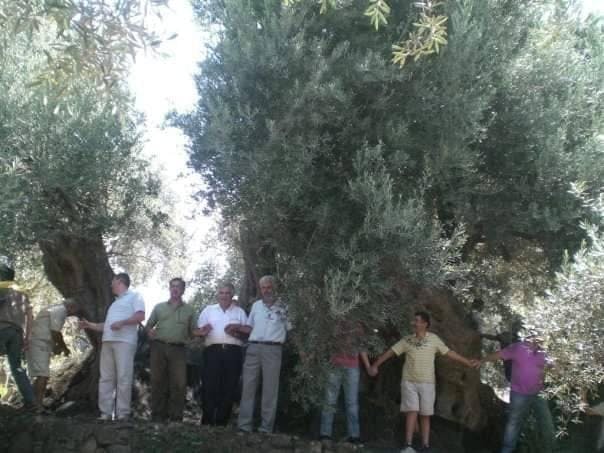
The Ancient Olive Tree of Kakodiki
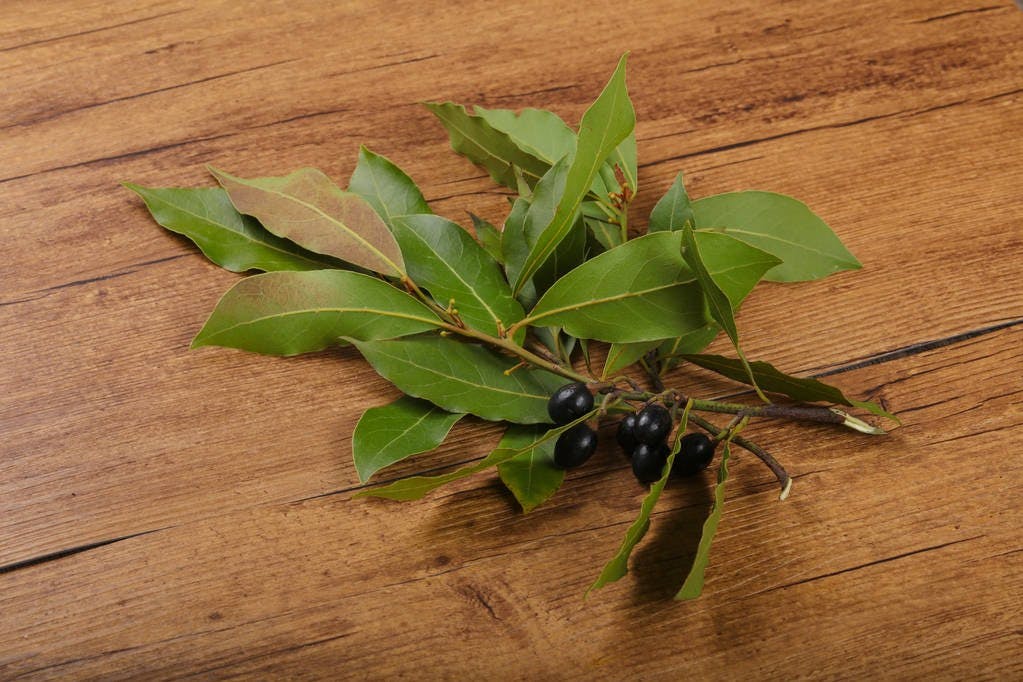
Laurel
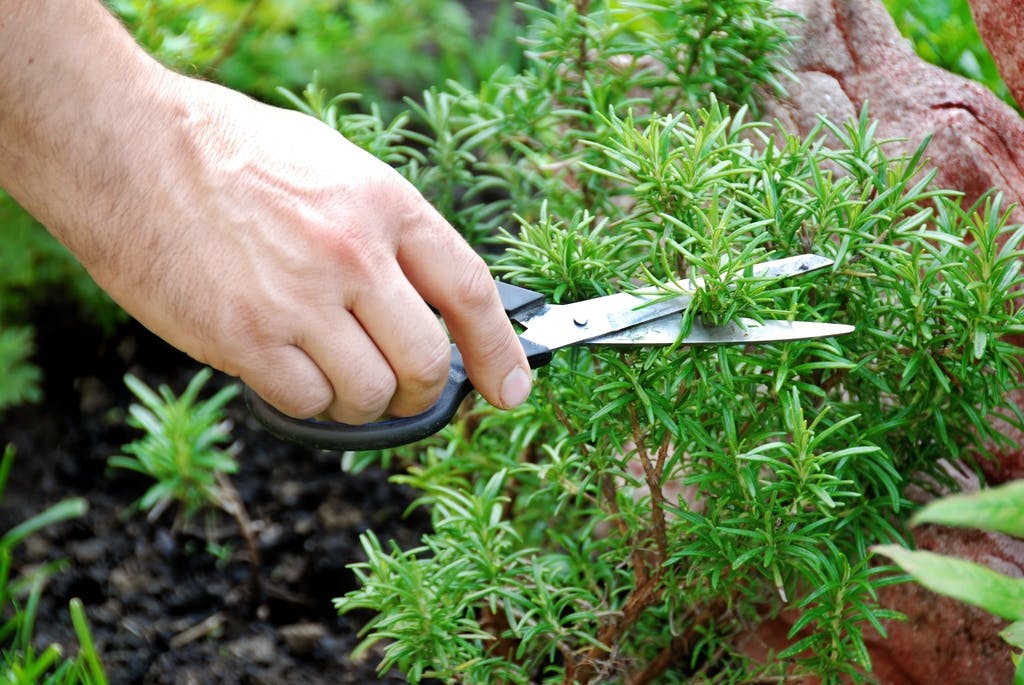
Rosemary
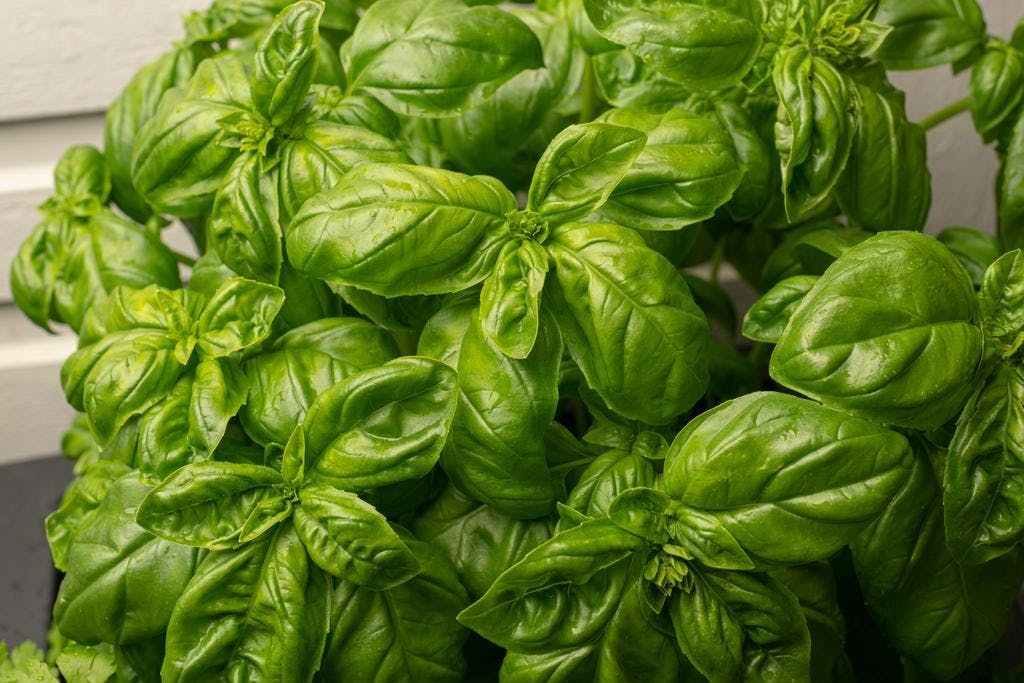
Common Basil
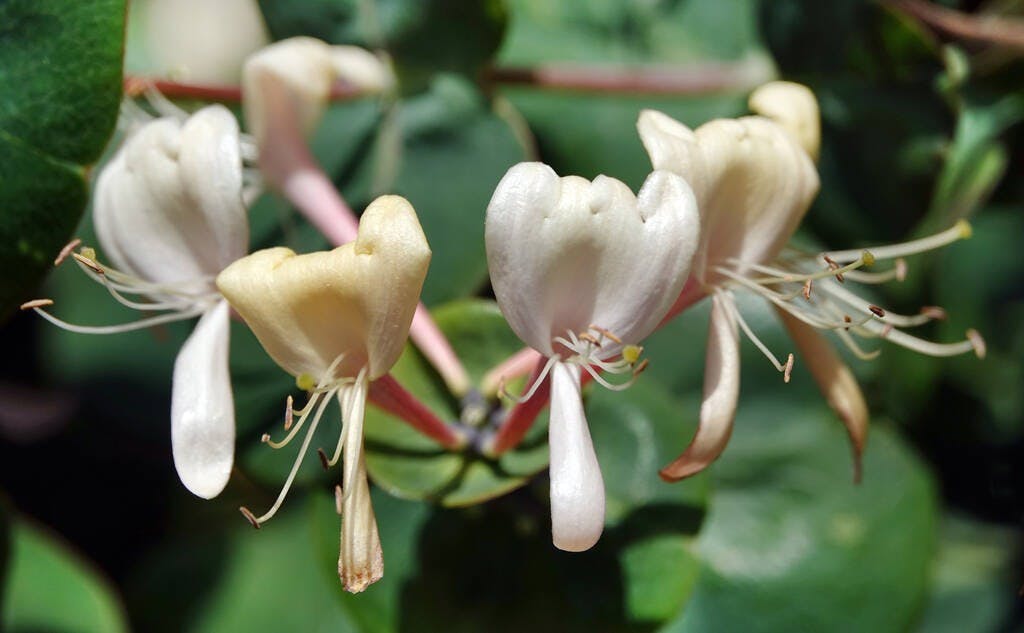
Honeysuckle
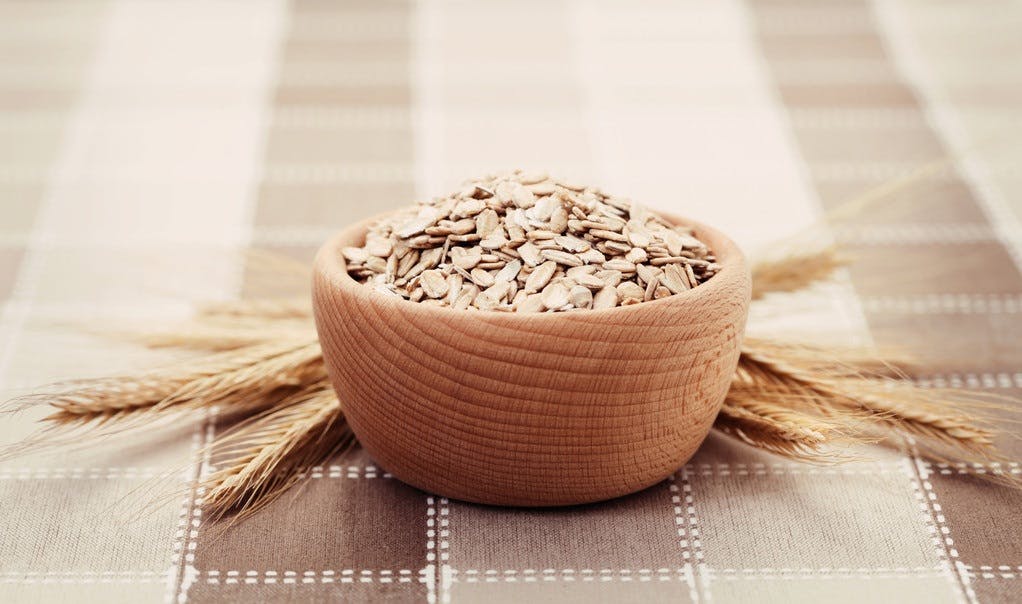
Oat
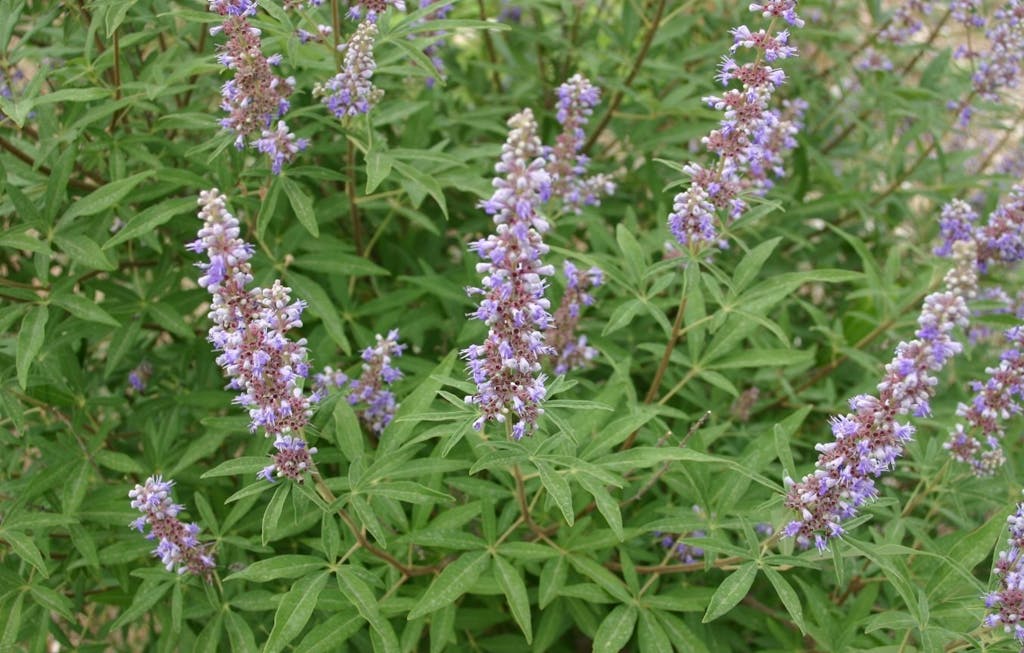
Chaste tree
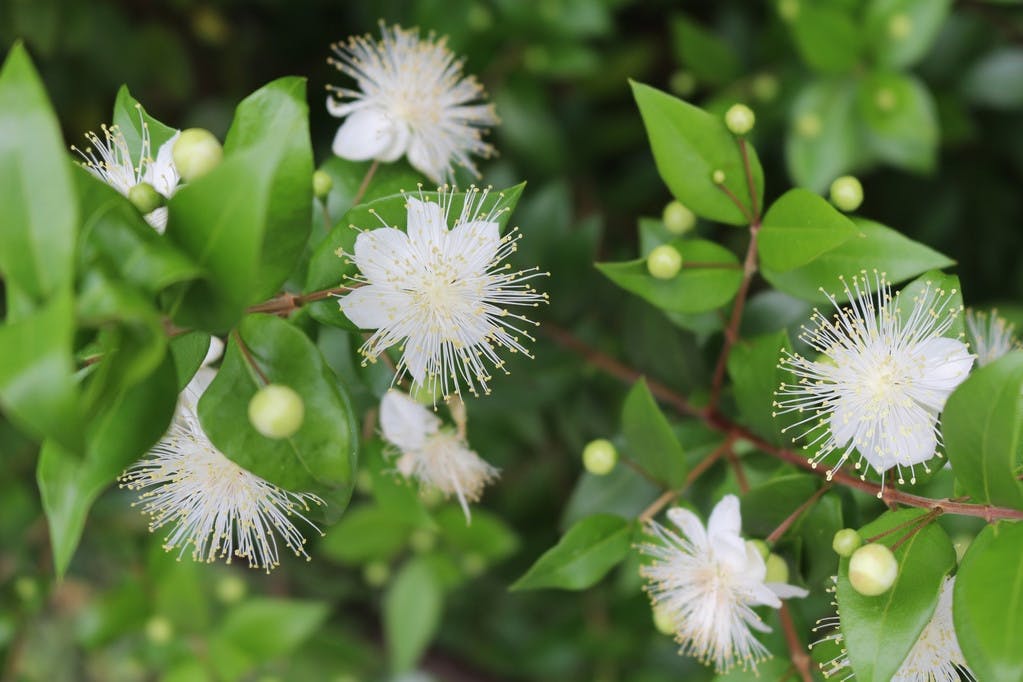
Myrtle
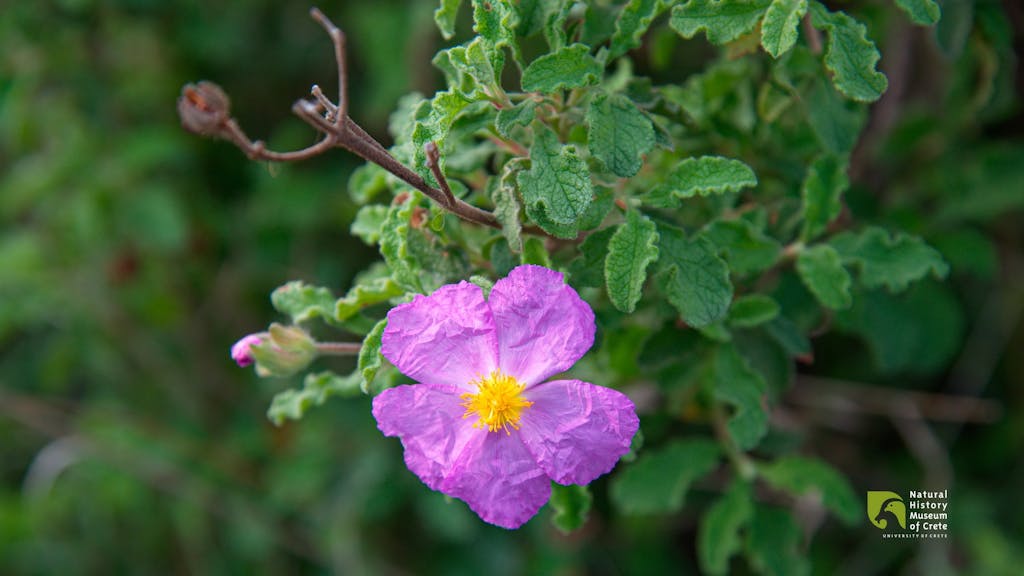
Cretan Rockrose
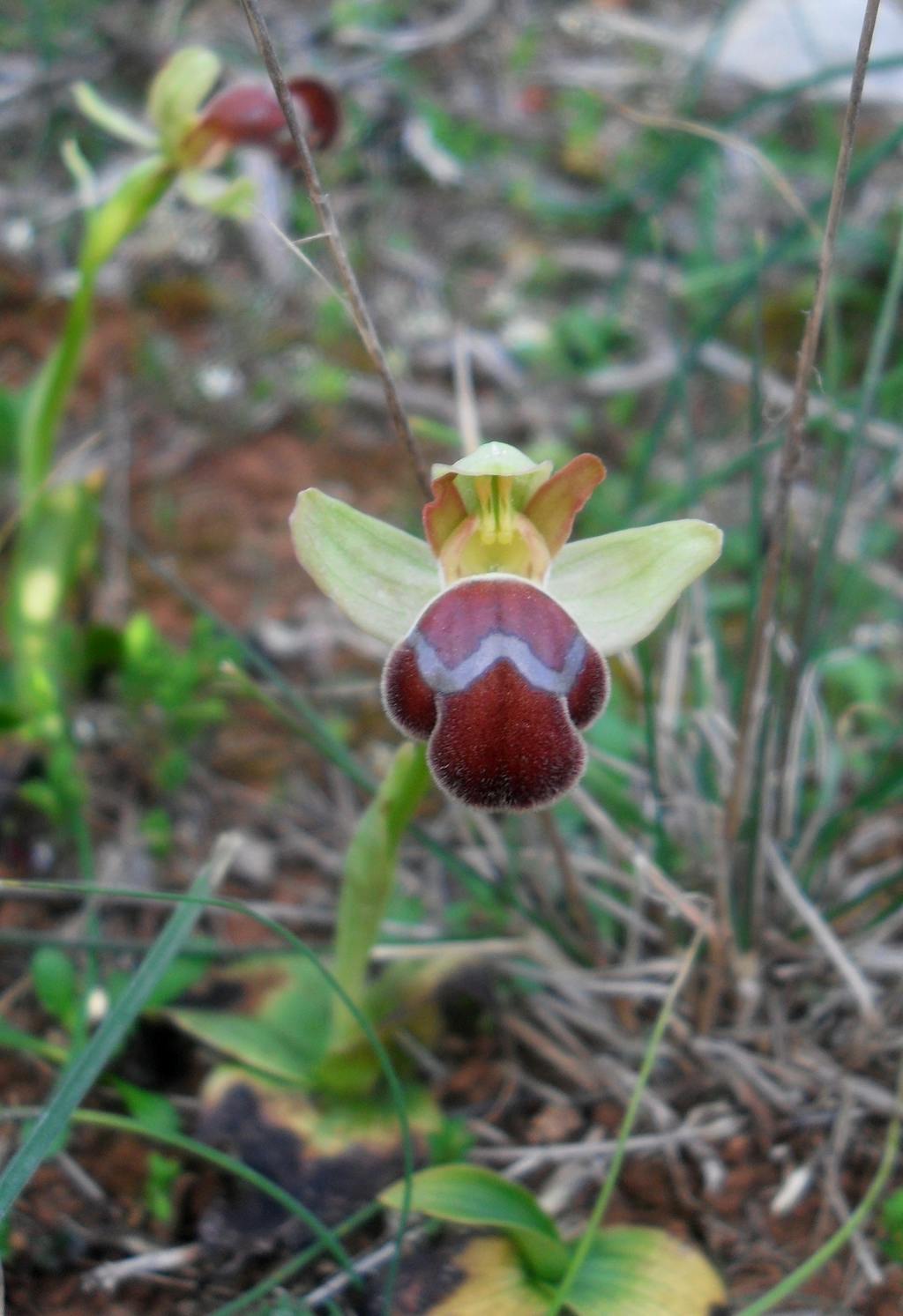
Ophrys Sitiaca
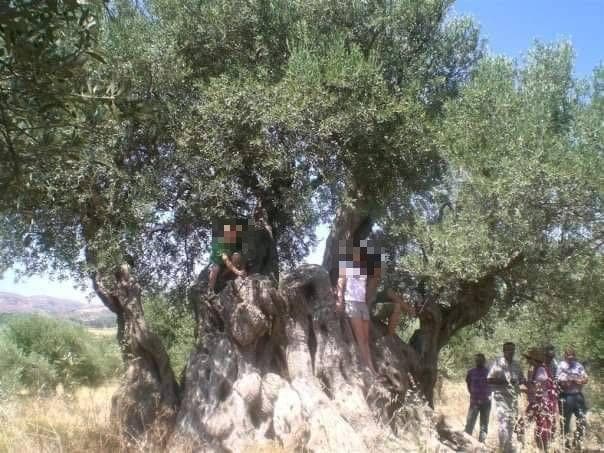
The Ancient Olive Tree of Viannos: Unveiling a Treasured Discovery
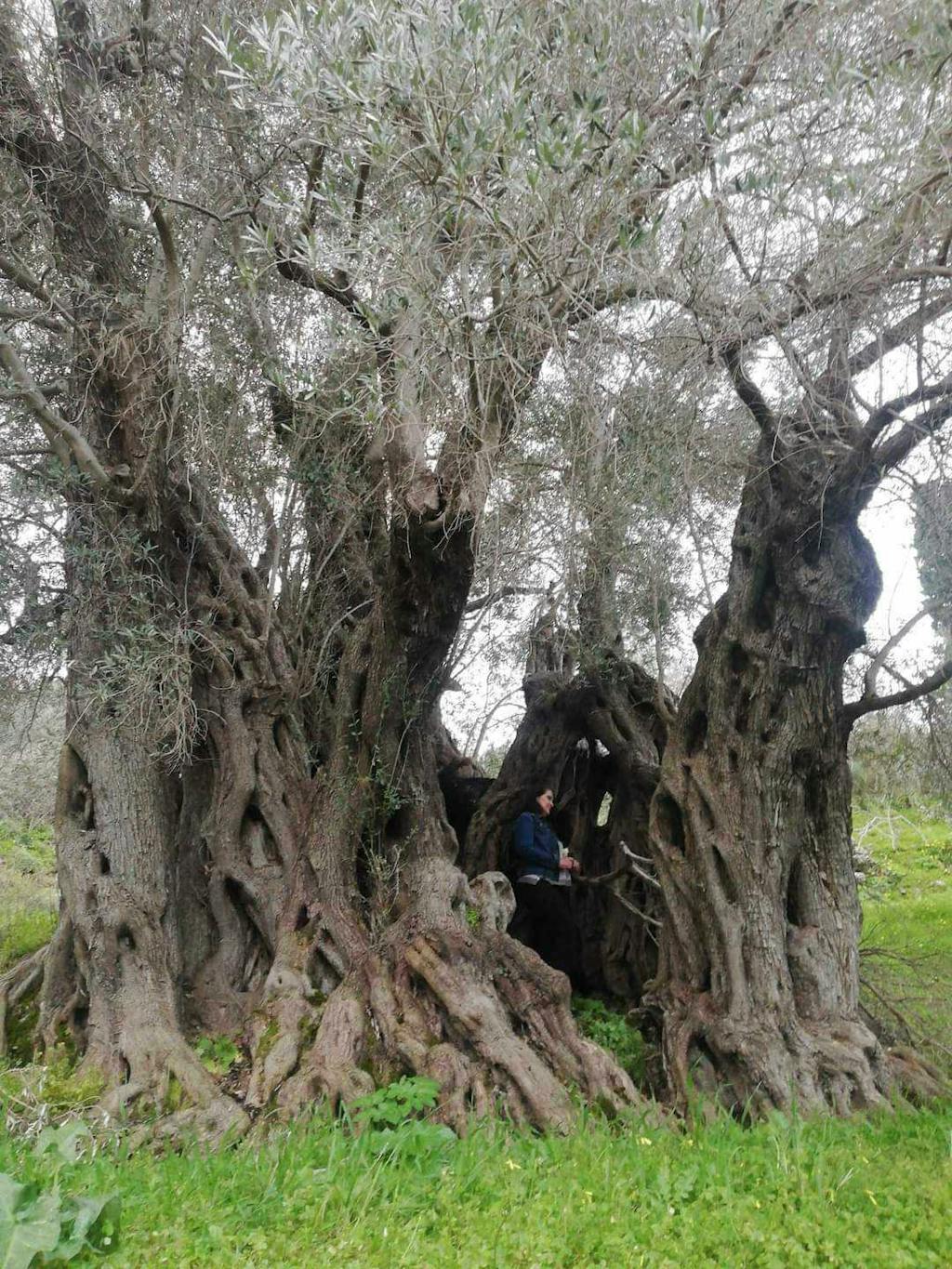
The Ancient Olive Tree of Fourfouras
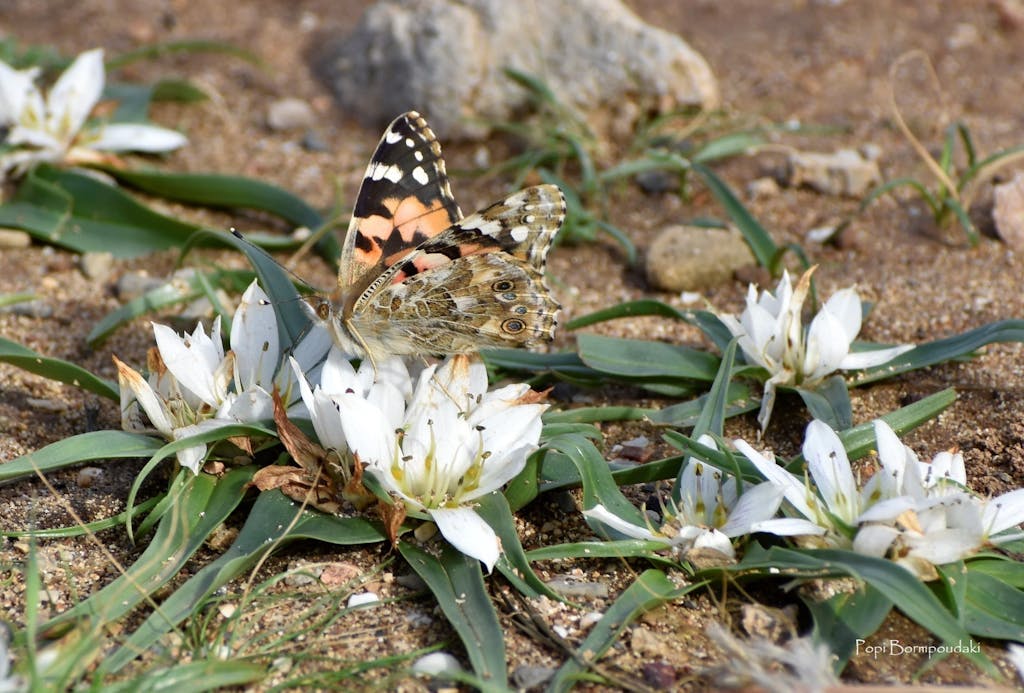
Androcymbium Rechingeri
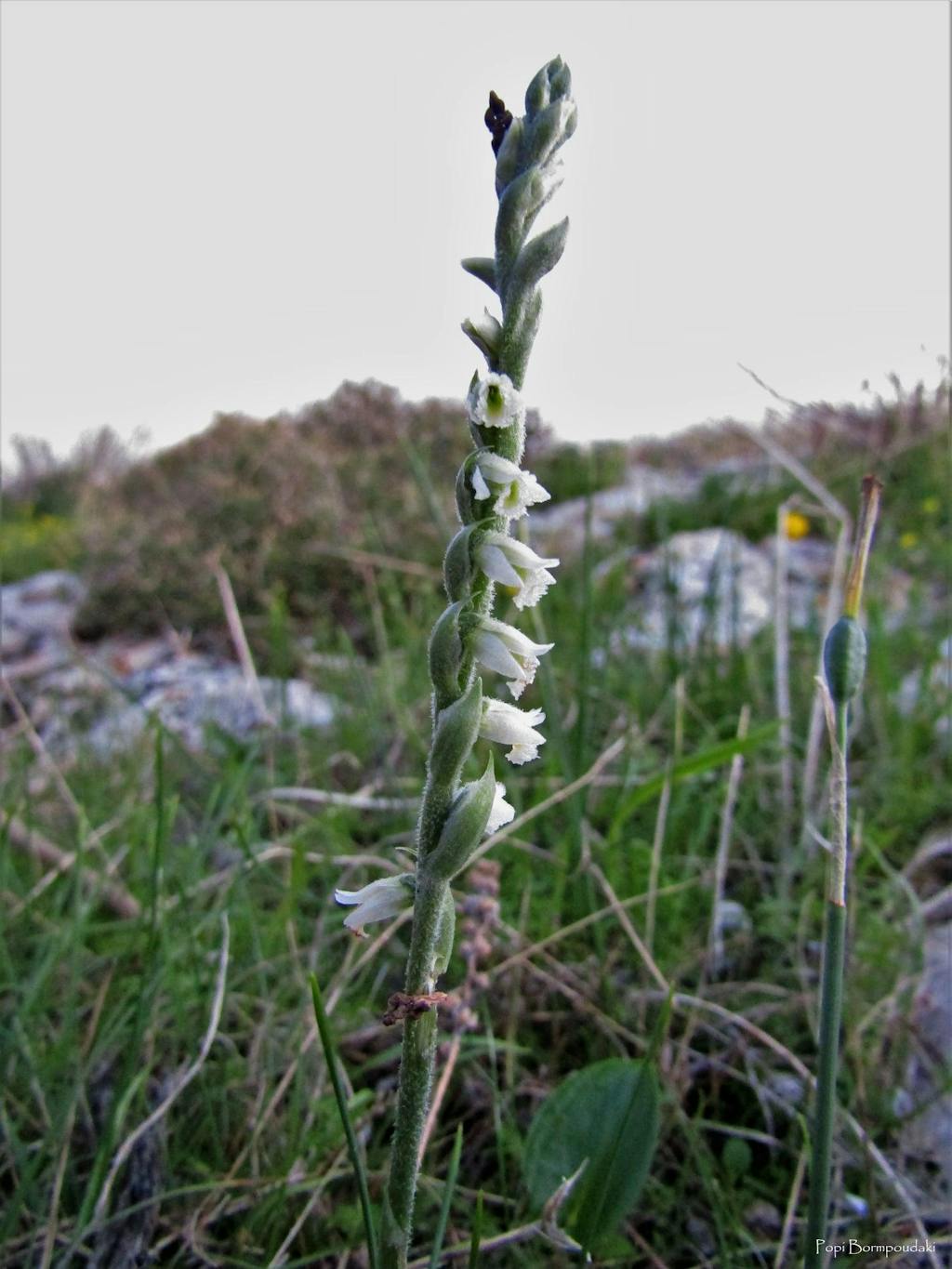
Autumn Lady's-tresses
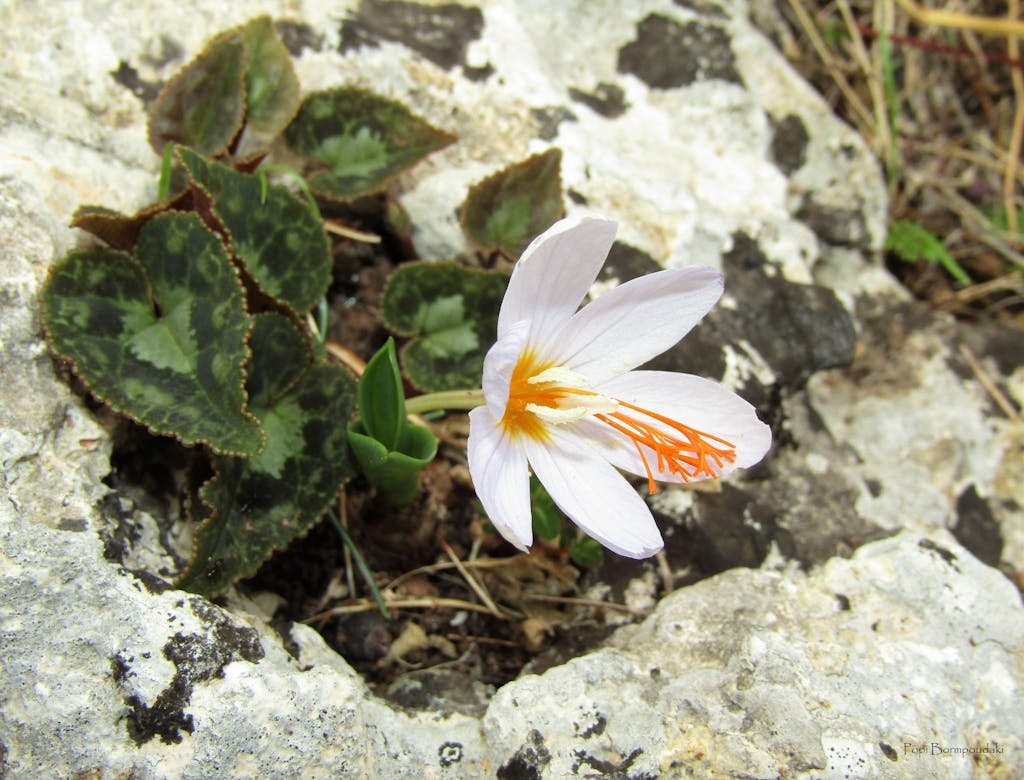
Tournefort Crocus
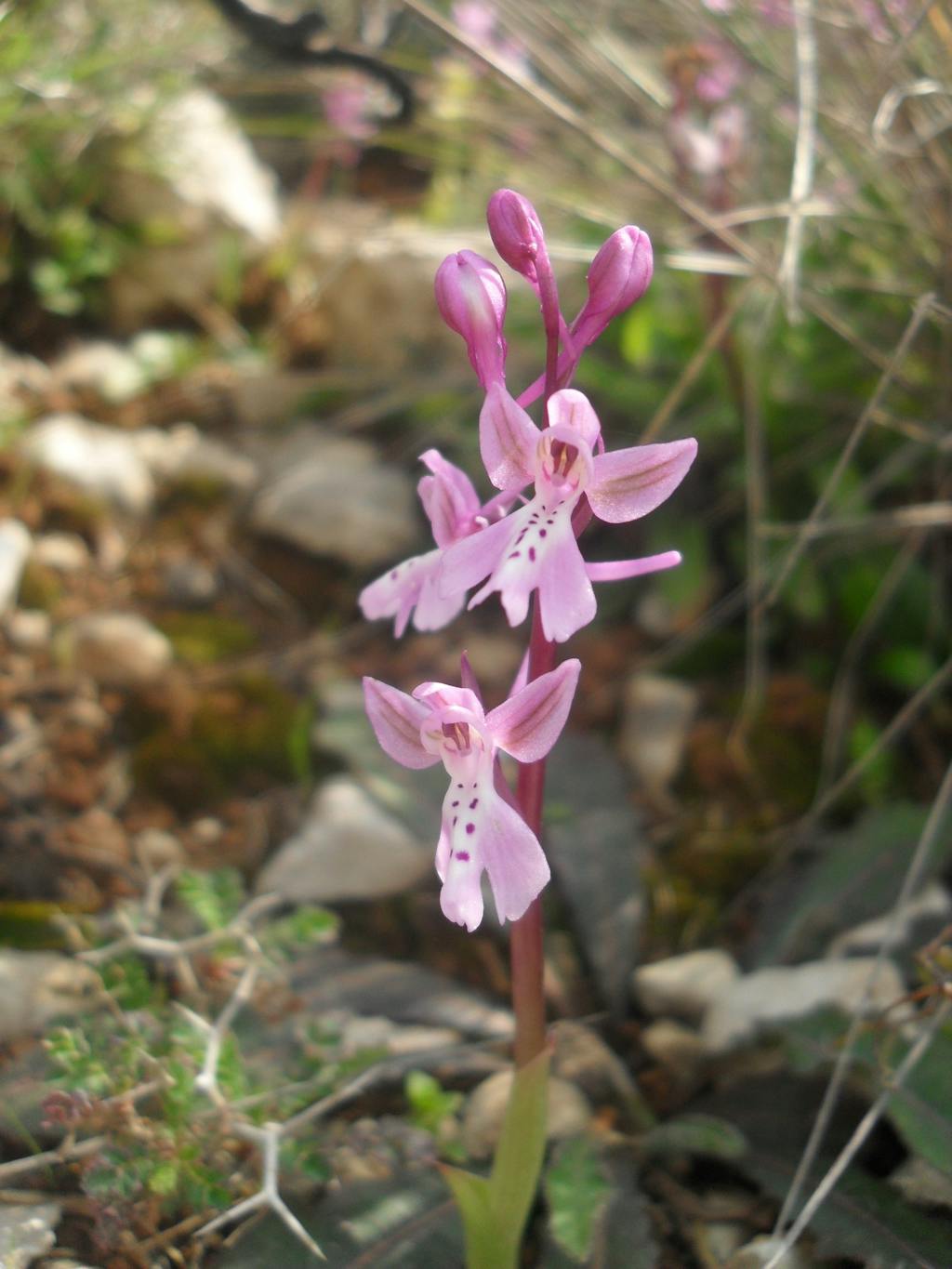
Orchis Sitiaca
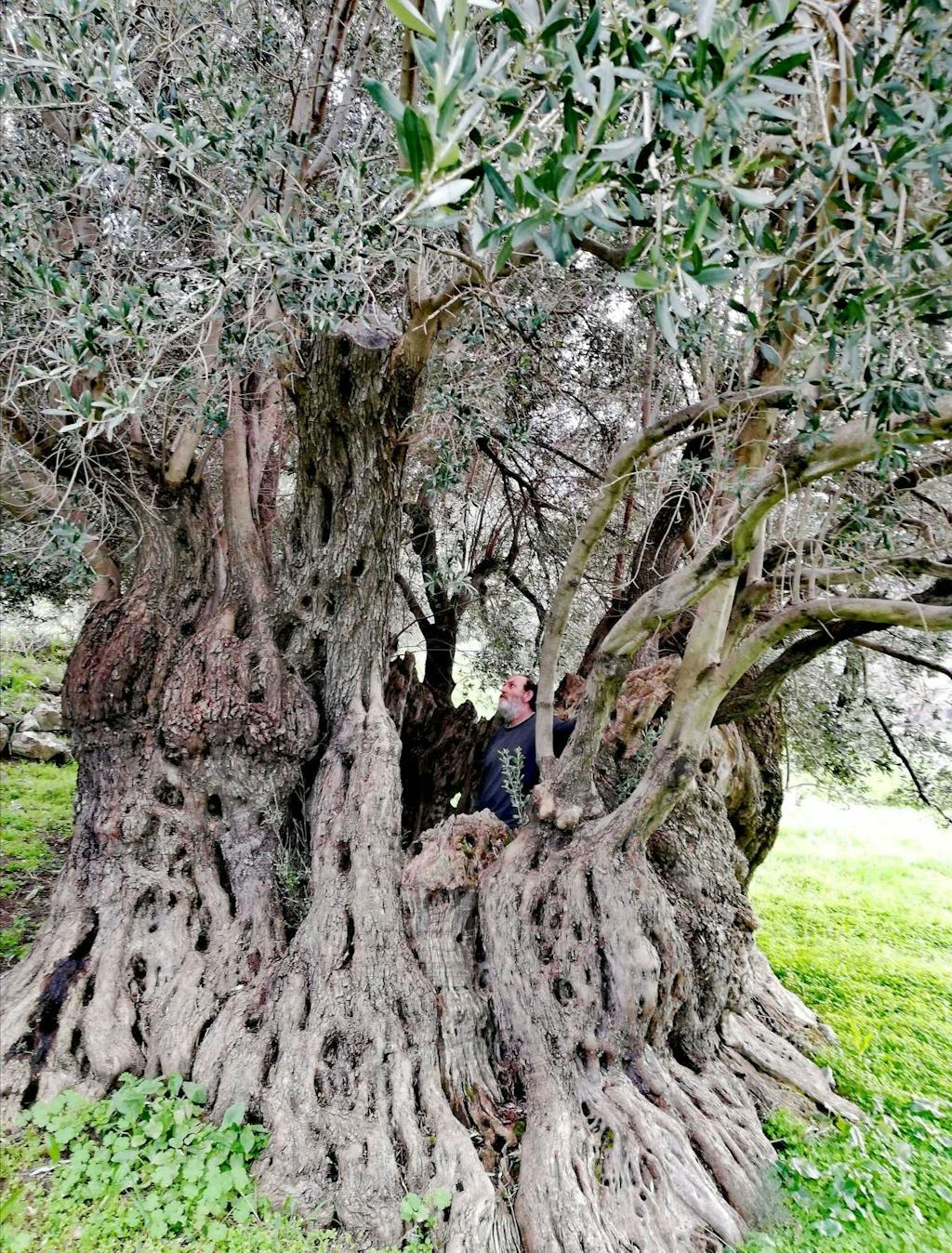
Ancient Olive Tree in Kouroutes
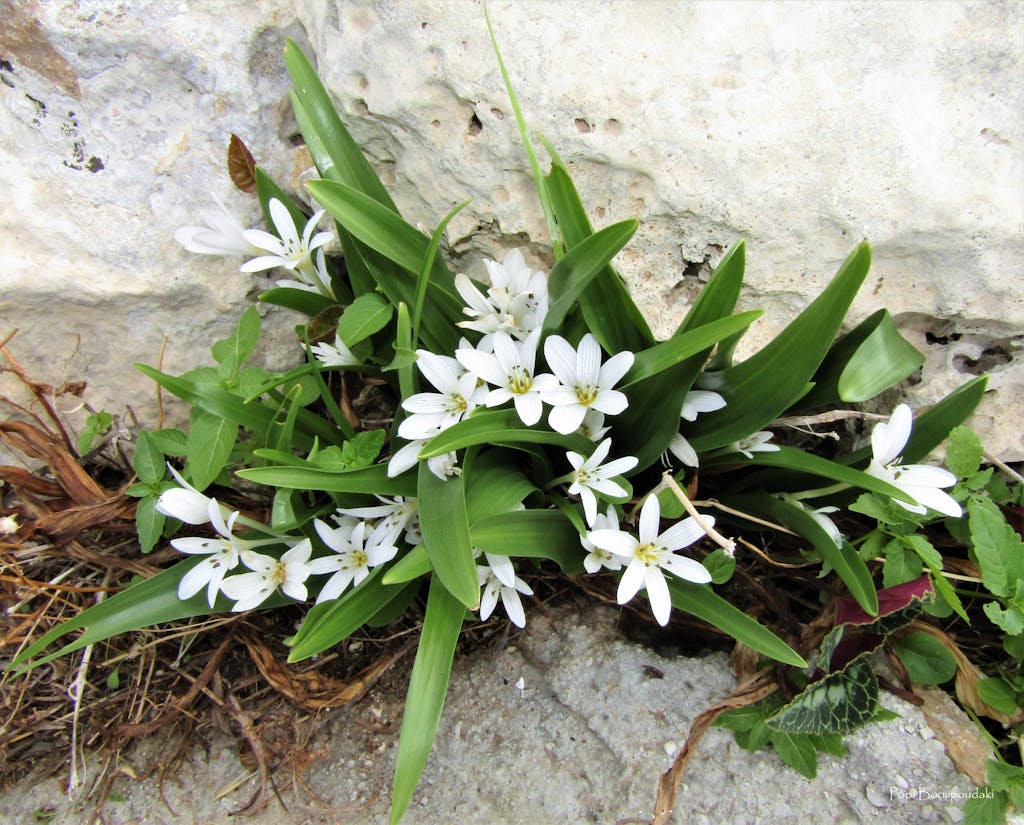
Mediterranean Meadow Saffron
